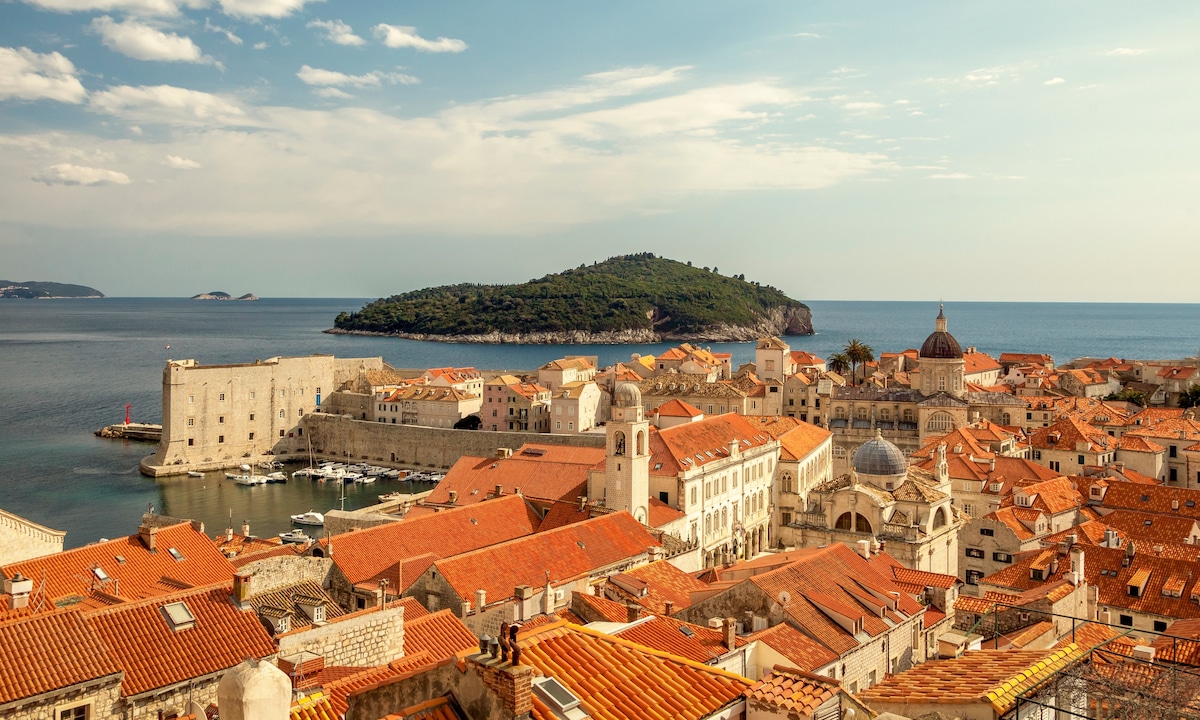
Vacation rentals in Split
Find and book unique accommodations on Airbnb
Top-rated vacation rentals in Split
Guests agree: these stays are highly rated for location, cleanliness, and more.
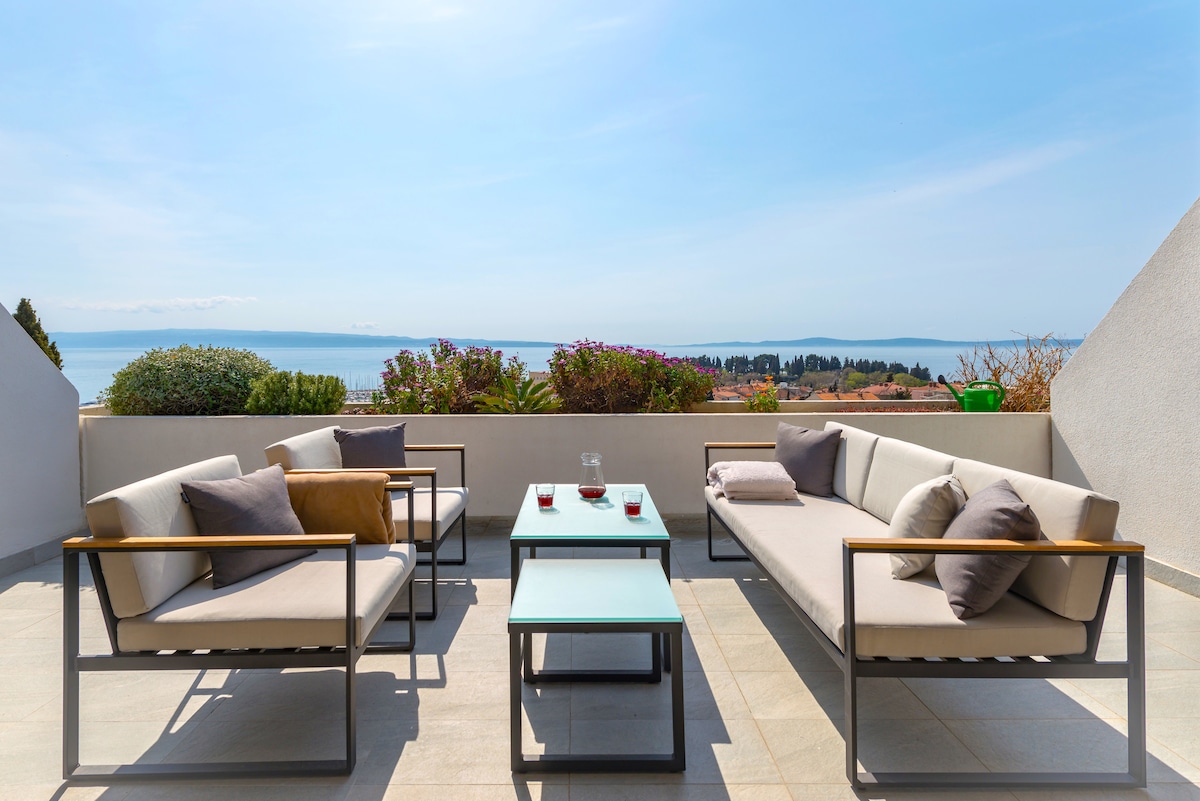
Apartment Lara 2 Exclusive Centre
The apartment is situated in a quiet, attractive residential area of Split. It is placed on the south side slopes of Marjan hill, only 5 min walk from the old town, Diocletian's palace and Riva city's main promenade, where you can find all the restaurants, bars, shops and nightlife. 20 min walk to the ferry port and the main bus terminal. Large terrace is looking over the sea, islands, yacht marina, and the old town. You can just sit back and relax, watching ships coming and leaving the harbor.
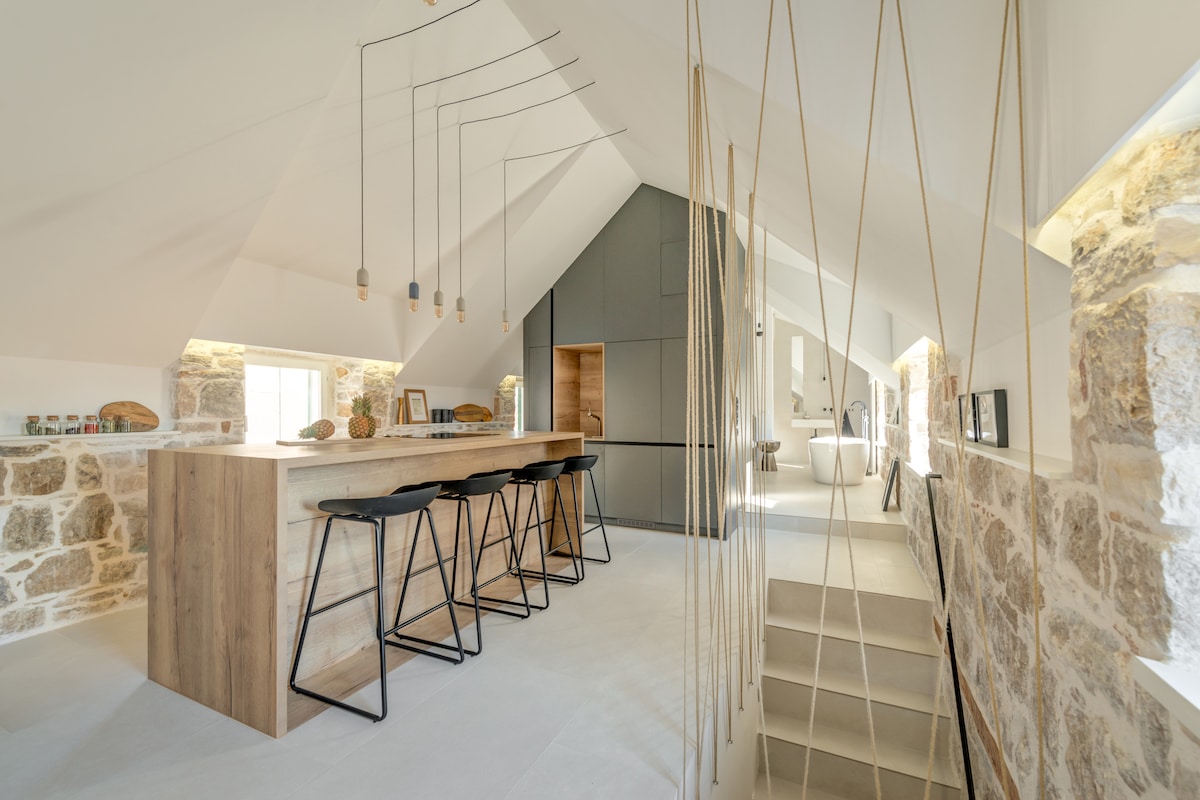
LAGANINI LOFT - old town designer loft
„Laganini“ bedeutet umgangssprachlich in Dalmatien: entschleunige, genieße das Leben, entspann dich, vergiss Zeit und alle Verpflichtungen. Dazu laden wir dich in unser geschmackvoll renoviertes Loft im Dachgeschoss ein. Auf insgesamt 60 qm erwarten dich ein durchdachter Grundriss, moderner Einrichtungsstil, viel Romantik und ein Hauch von Luxus, umrahmt von alten Natursteinmauern. Lehn dich zurück und genieße die Aussicht auf das Meer, die umliegenden Berge und die Altstadtdächer von Varoš.
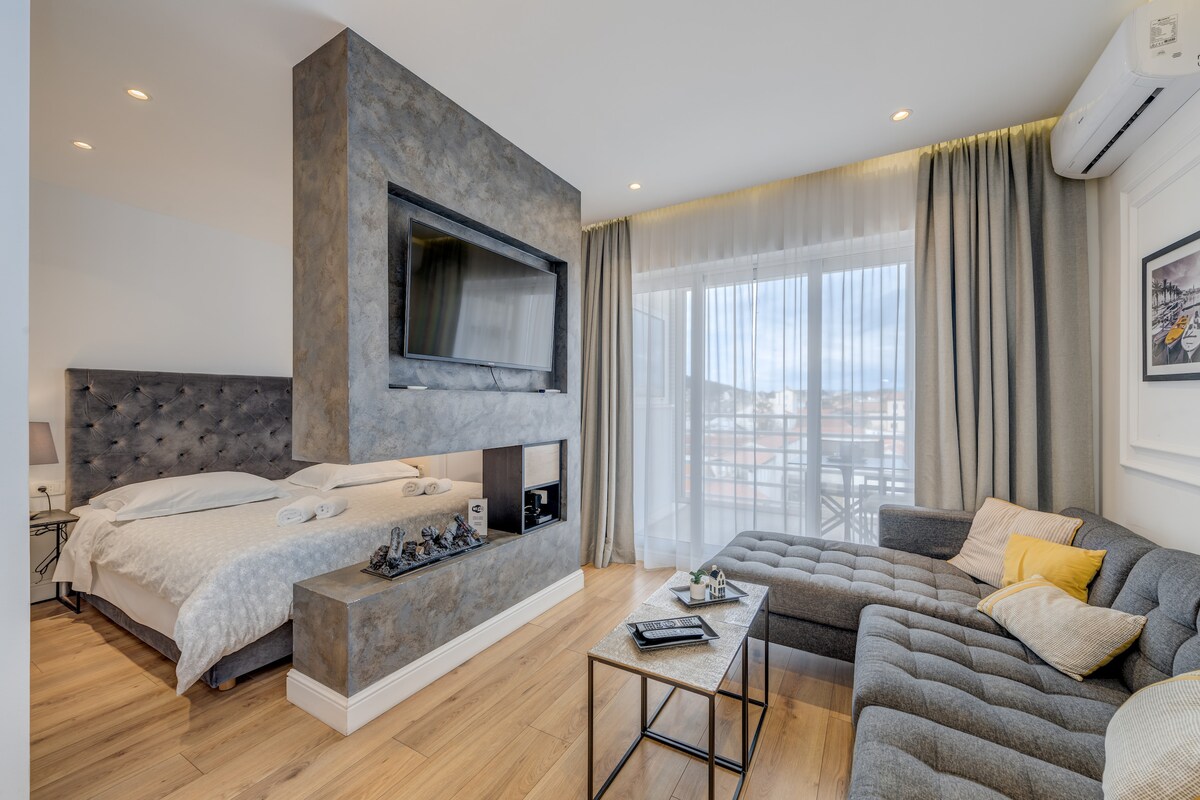
Romanca Deluxe Studio - City View
Welcome to Romanca Deluxe Studio,, a property located in the most central part of the old town and the main center of Split's daily and nightlife. Our apartment is 35 m2 size, furnished of premium quality construction, high elegance and maximally adapted to your needs during your vacation. Spend your vacation in the best possible way - in the heart of the city where you are just a step away from the most important city sights and activities. We wish you a warm welcome and a pleasant stay.
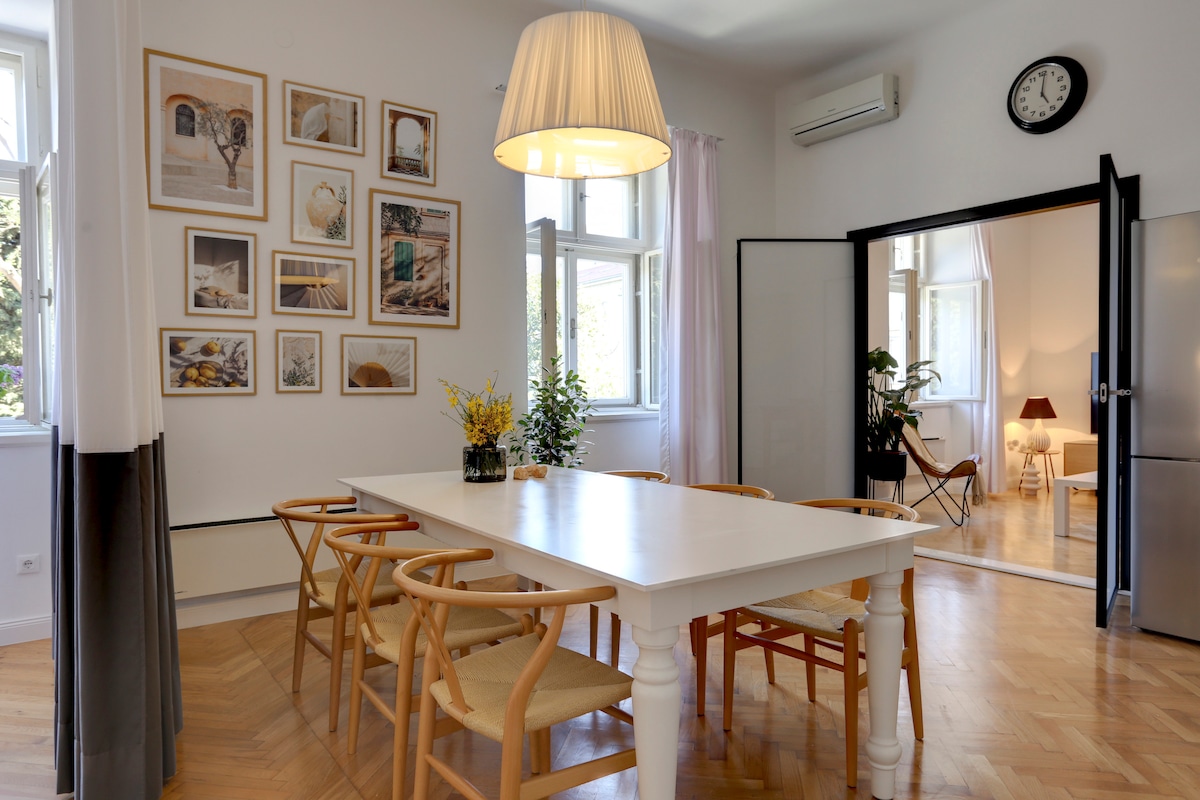
Atelier - Bright Home in the Heart of Split
The brand new apartment “Atelier” with its 123 m2 of living space is supremely decorated and positioned in an exceptional location due to its close proximity to the city center, but in a quiet area and just opposite a park. The property is only 500 meters from the UNESCO world heritage site Diocletian's Palace and old town. Our unique accommodation is an ideal base for families or group of friends, who are interested in exploring the city and a premium service during their entire stay.
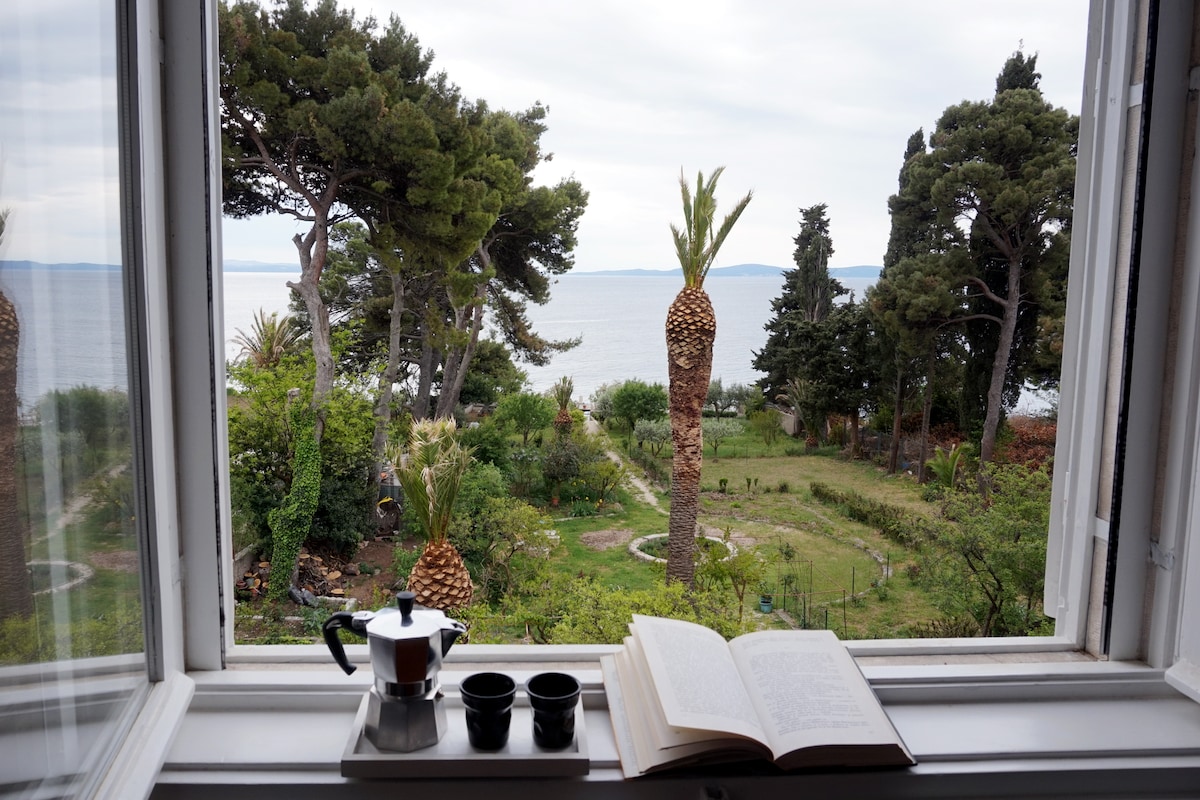
Lovely apartment on the beach
Newly refurbished and sunny apartment is located in a beautiful classical style 1930’s villa. The apartment boasts a view of the islands surrounding Split and overlooks the unique villa garden you’ll pass through to get to the beach. This 75m2 apartment is ideal to accommodate two to four people. It has a private parkingplace if you are comming with car. The apartment is situated within 10 minutes walking distance from the Diocletian’s Palace, the bustling market, Prokurative and Riva.
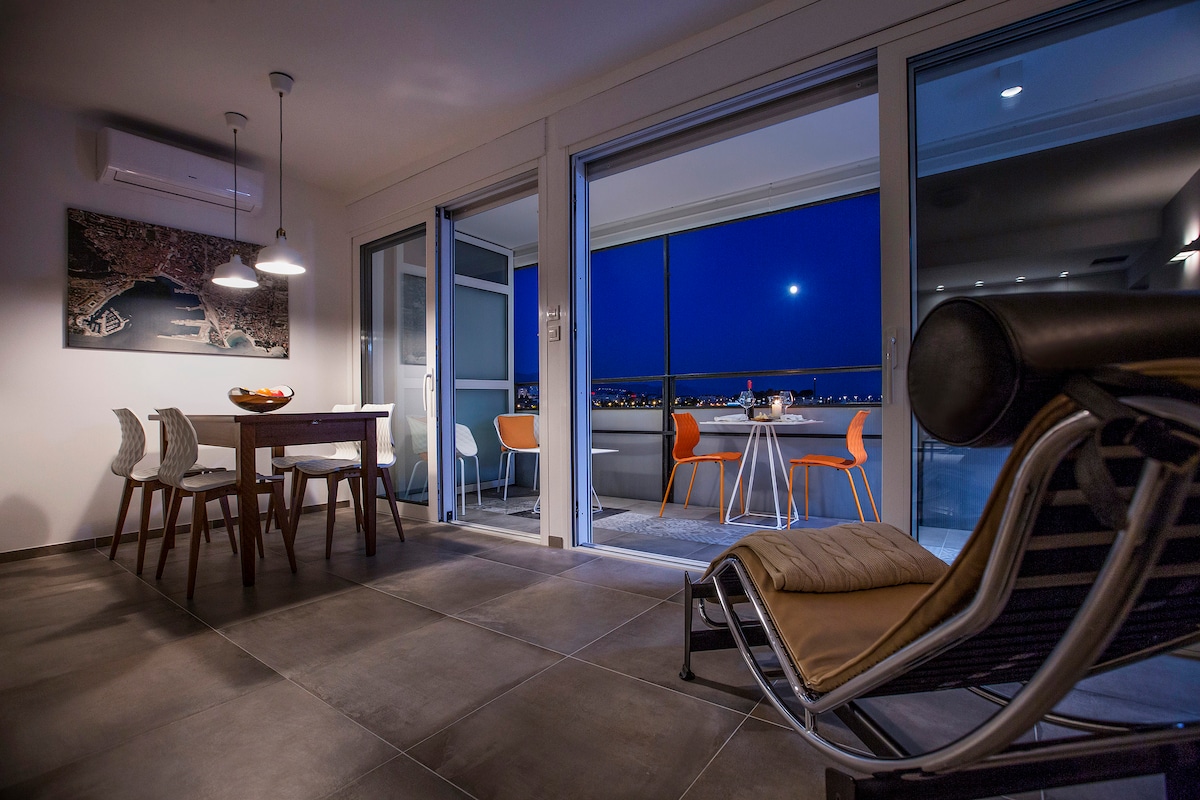
Million dollar view4you****
This amazing and stylish seafront apartment with a STUNNING sea view is located in the very center of the beautiful “lungomare”, the Riva promenade, at the seashore and just beneath Marjan Hill, a very popular recreational zone for outdoor activities like biking, walking and jogging. This modern 4star brand new renovated 73m2 apartment is extraordinary positioned for visiting the UNESCO site of Diocletian’s Palace, restaurants, bars, nearby beaches and other popular places in the city.
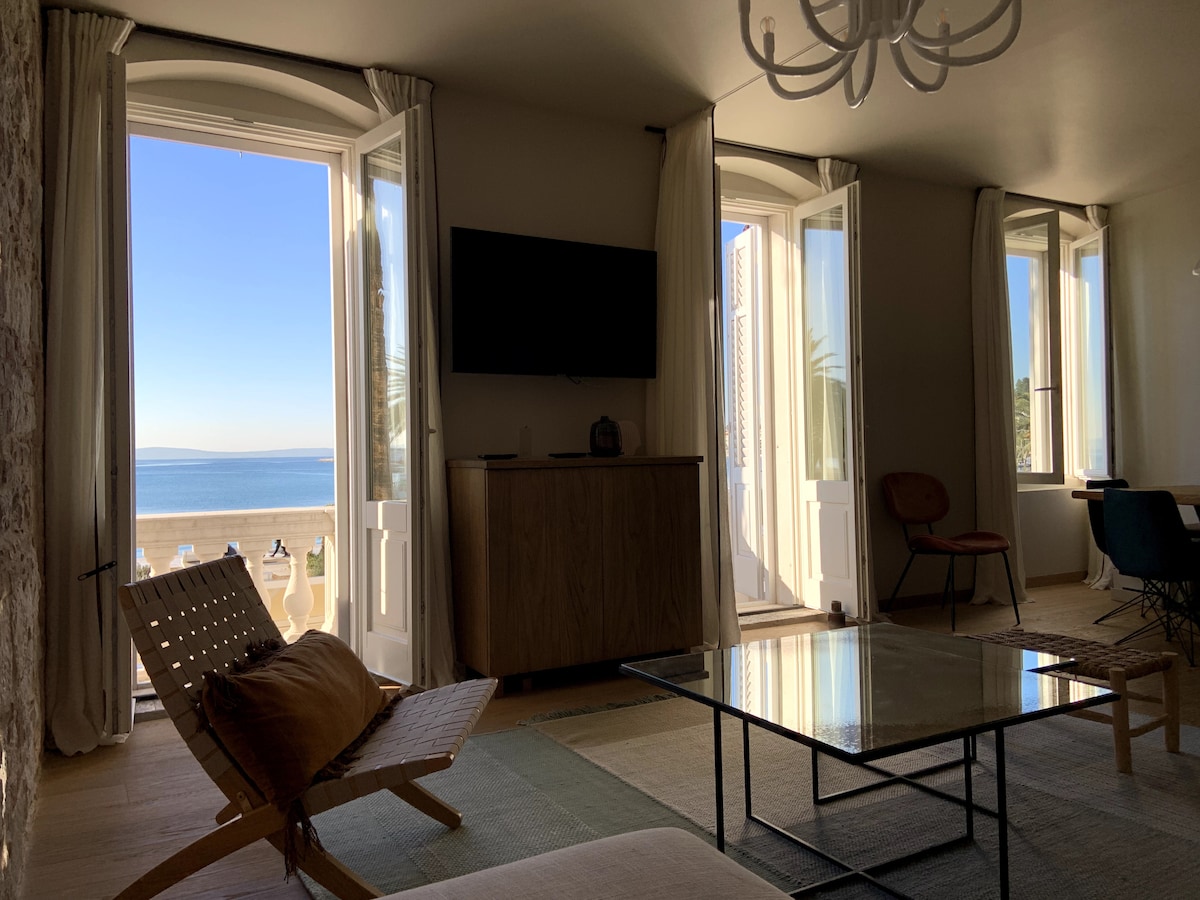
Riva View Apartment
Enjoy the best experience of Split old town in Riva View Apartment. Perfectly located in the middle of Riva on the 1st floor, you will enjoy the beautiful view on the islands from your balcony. The apartment has been completely renovated to reveal the authenticity of the Diocletian Palace stone walls and provide the maximum comfort during your stay. You will find the closest public paid Parking just few hundred meters from the apartment and the Ferry port is a 5 minutes walk away.
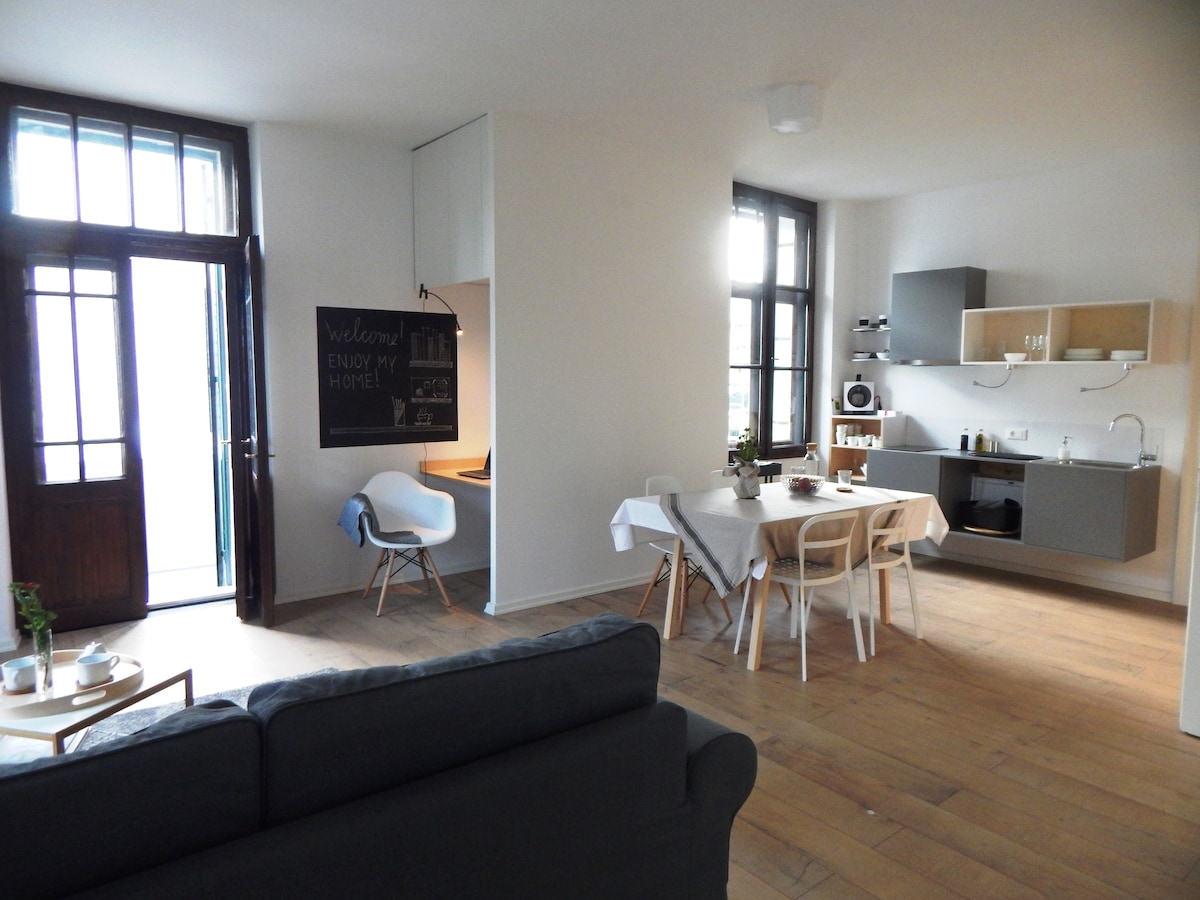
Apt. Melangolo, center, parking included
Spend your holidays in a new modern apartment situated in a quiet district Dobri, located near the heart of Split, just 5min walk away from the historical Dioclectian's palace. Apartment is located on the first floor of a villa that is old more then 100 years surrounded by a spacious yard that completes the feeling of intimacy. The apartment can accommodate 4+2 persons and car in private courtyard front of the house.
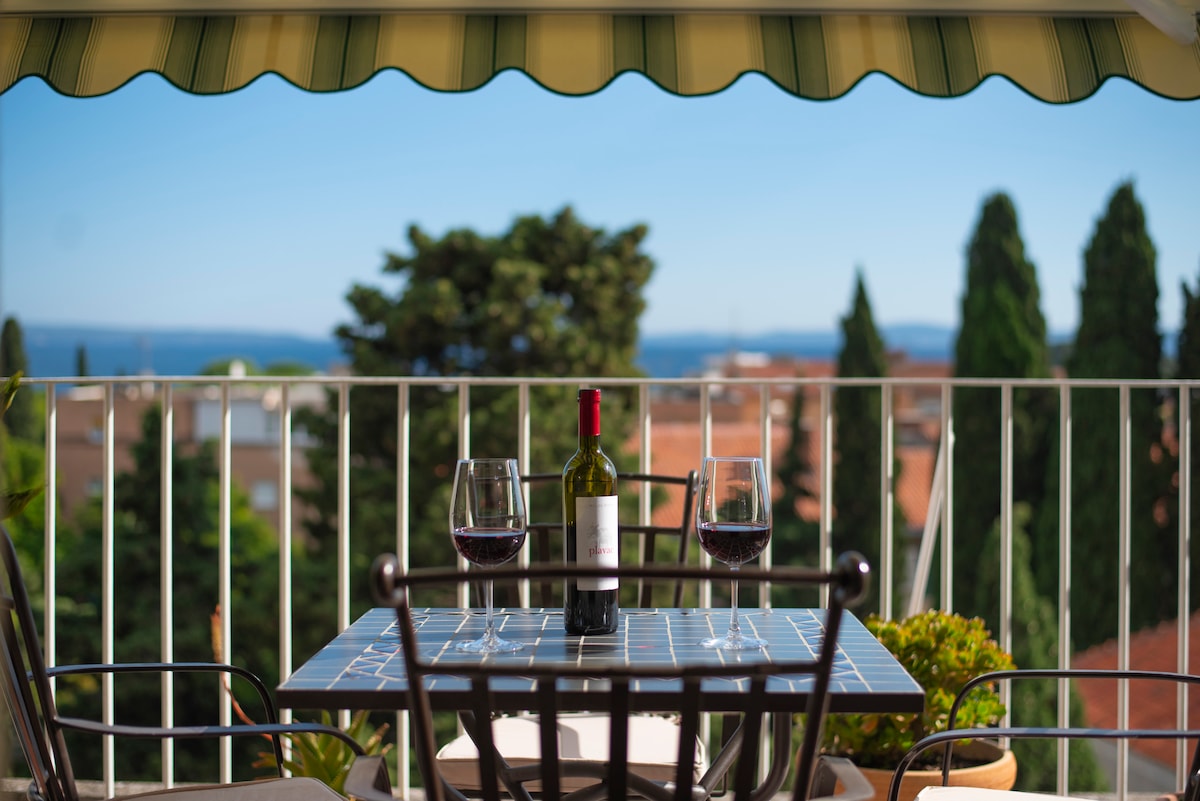
Apartment Sky with terrace and sea view
Enjoy the elegant decoration of this accommodation in the city center. Close to the most popular sandy beach Bačvice. All necessary facilities are within walking distance. Enjoy the beautiful sea, island and city view! The apartment is located on the top floor in a quiet residential building and there is no elevator. You'll have to climb to the fifth floor, but the amazing view will be Your reward.
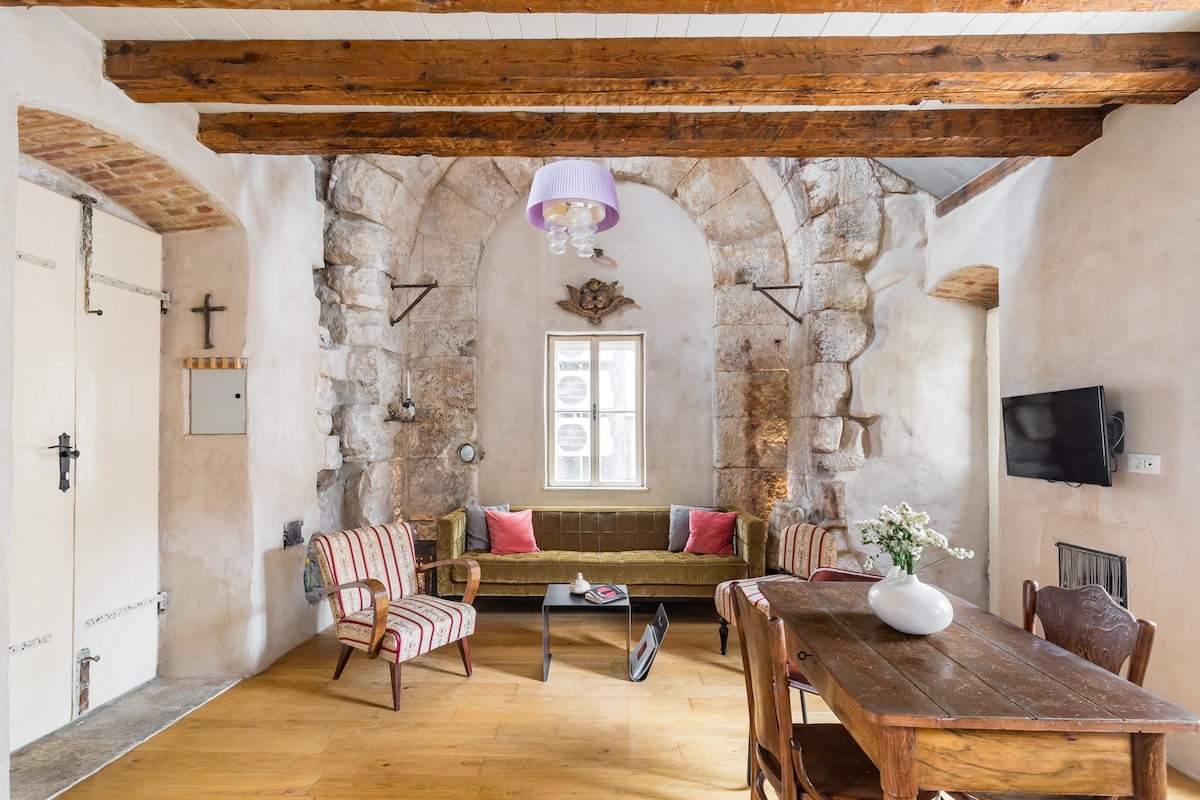
La Divine Inside Palace loft | Balcony
Wake beneath exposed beams of centuries old wooden ceilings. Be charmed by antique touches, industrial style stairs and fine finishes nestled behind sprawling massive internal stone arches of Imperial Palace. Steeped in history drink a glass of wine from the balcony of this unique loft after exploring Split delights, where museum pieces adorn a palette of sand and muted, earthy hues.
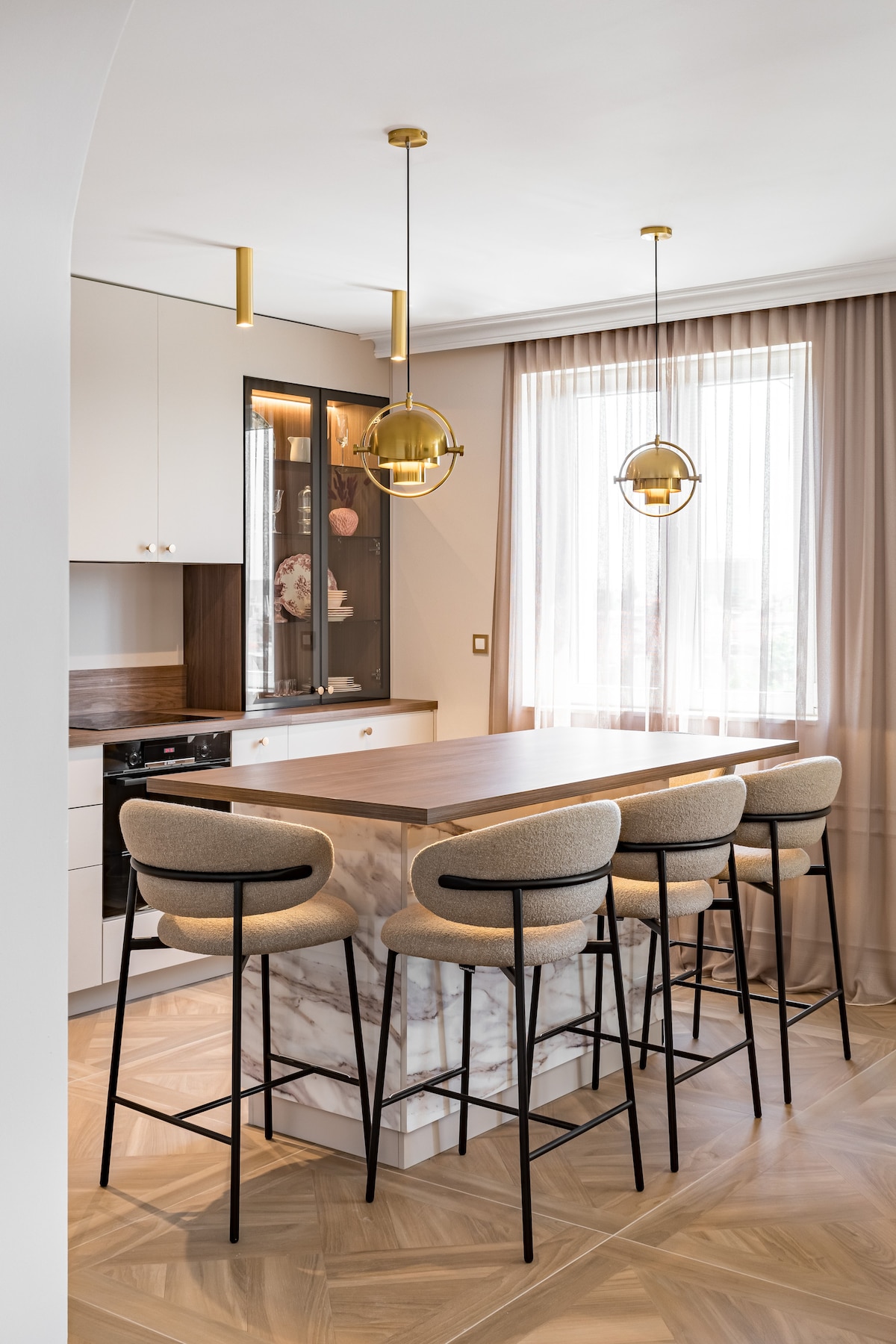
Upscale Suite | Picture Perfect Chic Getaway
Discover unparalleled luxury living, where every detail is carefully curated against a backdrop of soft, pale colors. Embrace the convenience and privacy of a home while relishing in the indulgence of a hotel experience, whether you're traveling with friends or family. Unwind in the tranquility of a bathtub, promising moments of serene relaxation throughout your stay.

Beach House More
Be one of the first to enjoy this brand - new place set on a unique location directly on the beach. Enjoy the luxury interior in a modern house where you will feel the real essence of Mediterranean. Leave your pandemic stress behind and just enjoy the smell and sound of the sea in a complete privacy. Pamper yourself with vacation you know you deserve..
Popular amenities for Split vacation rentals
Split apartment rentals
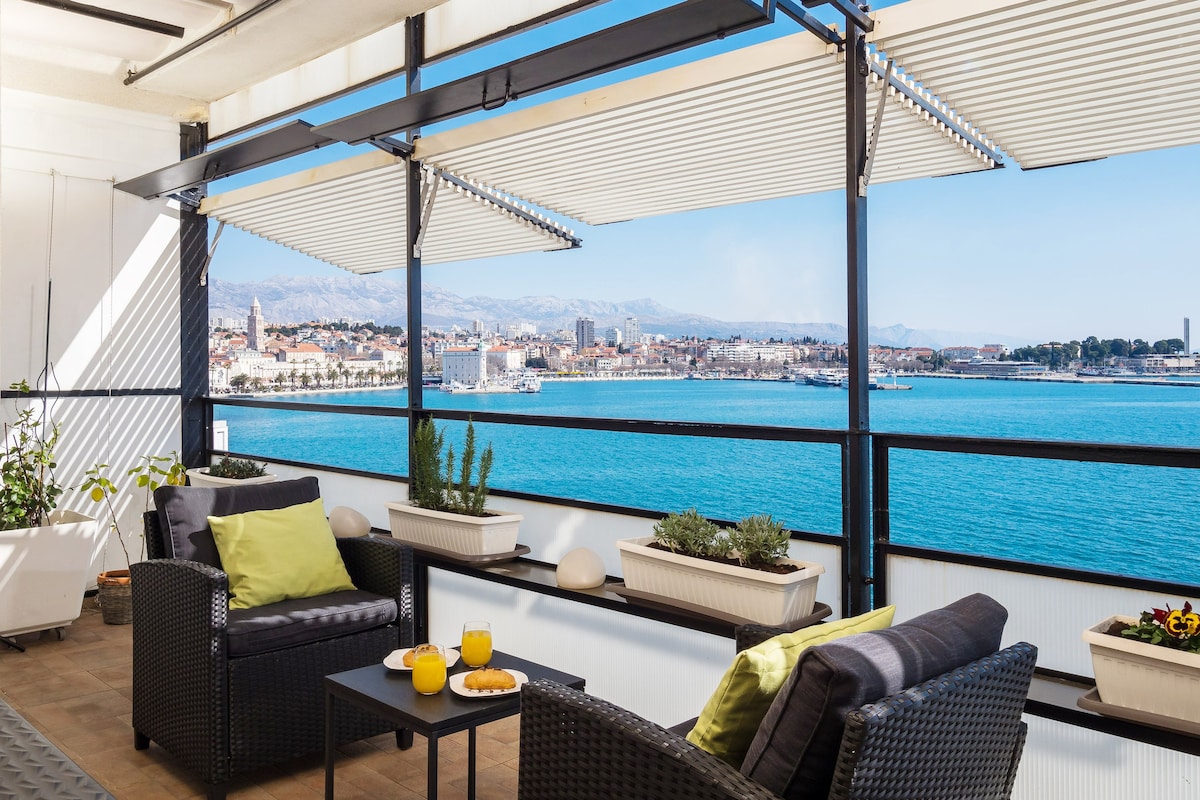
Sunshine studio apartment - Amazing sea view
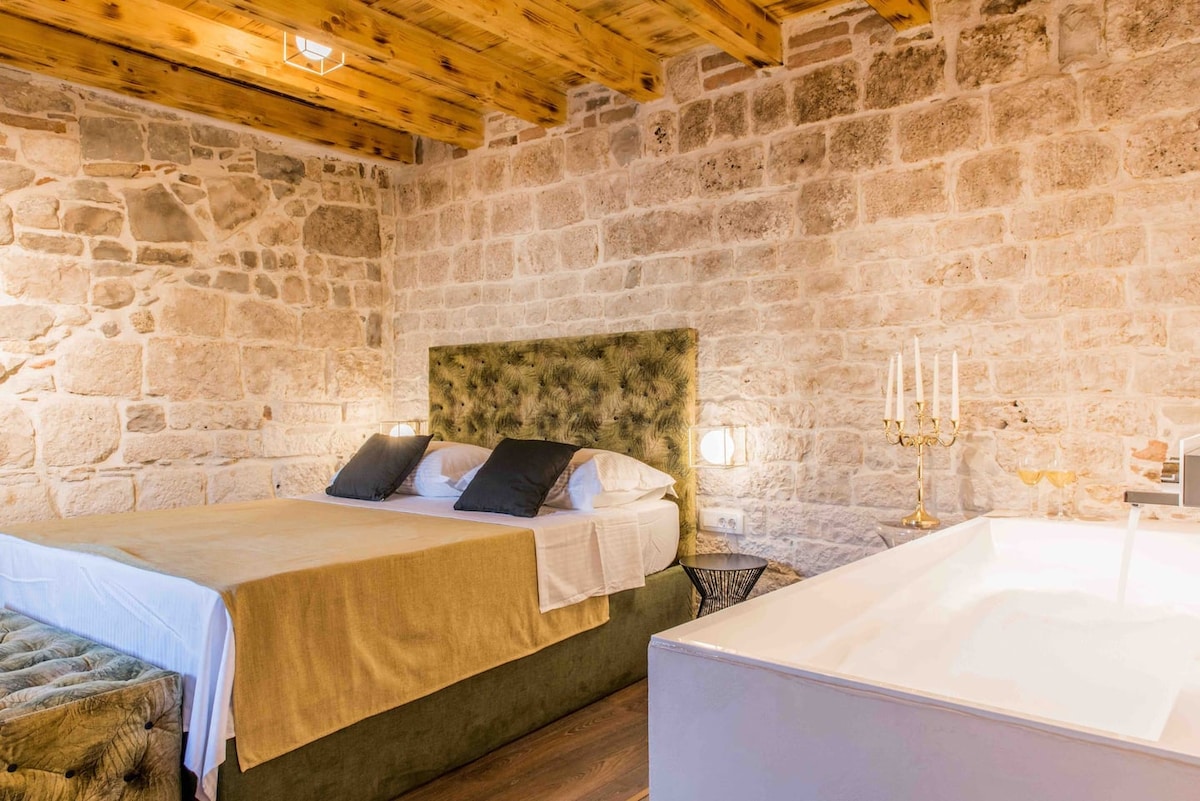
Apartment Antonjeta in the heart of the Palace
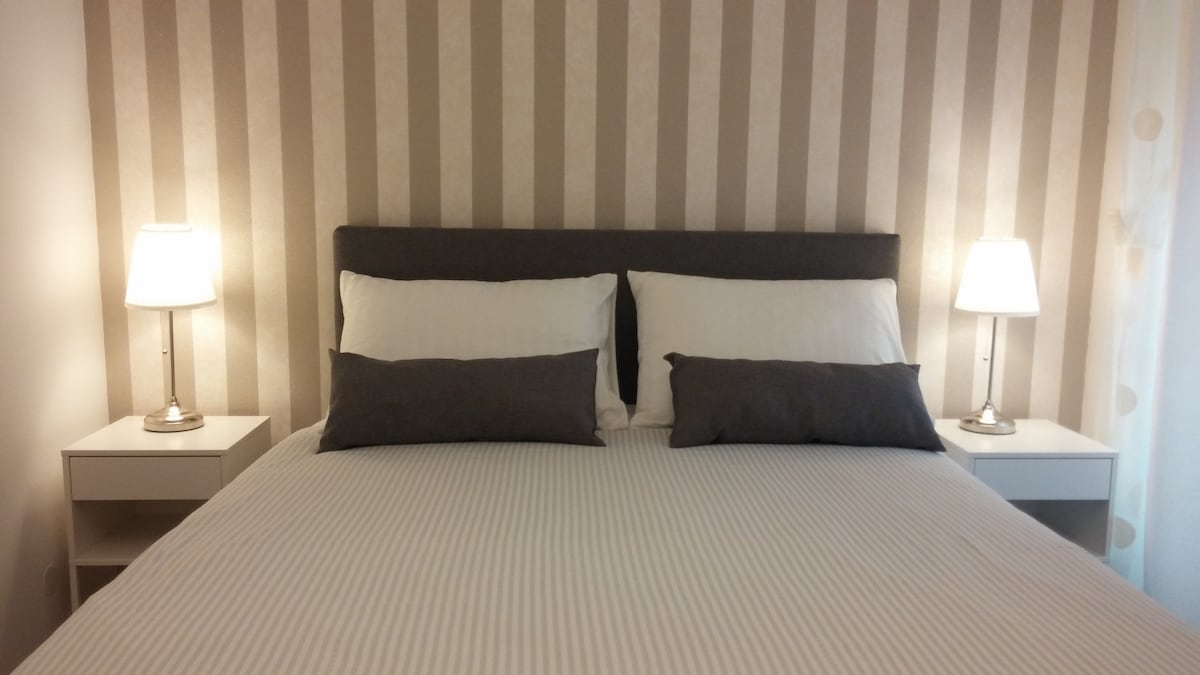
Apartment Bagi ferryport/oldtown&beach
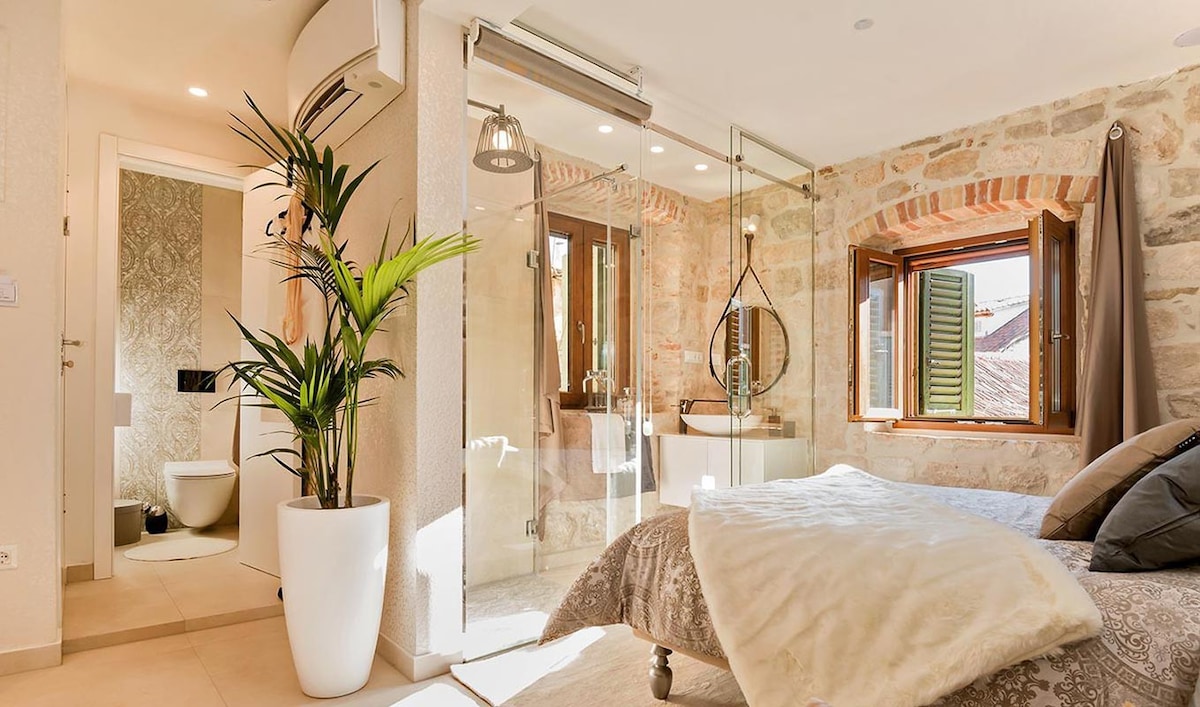
Luxury apartment Eminence in Split Old Town centre
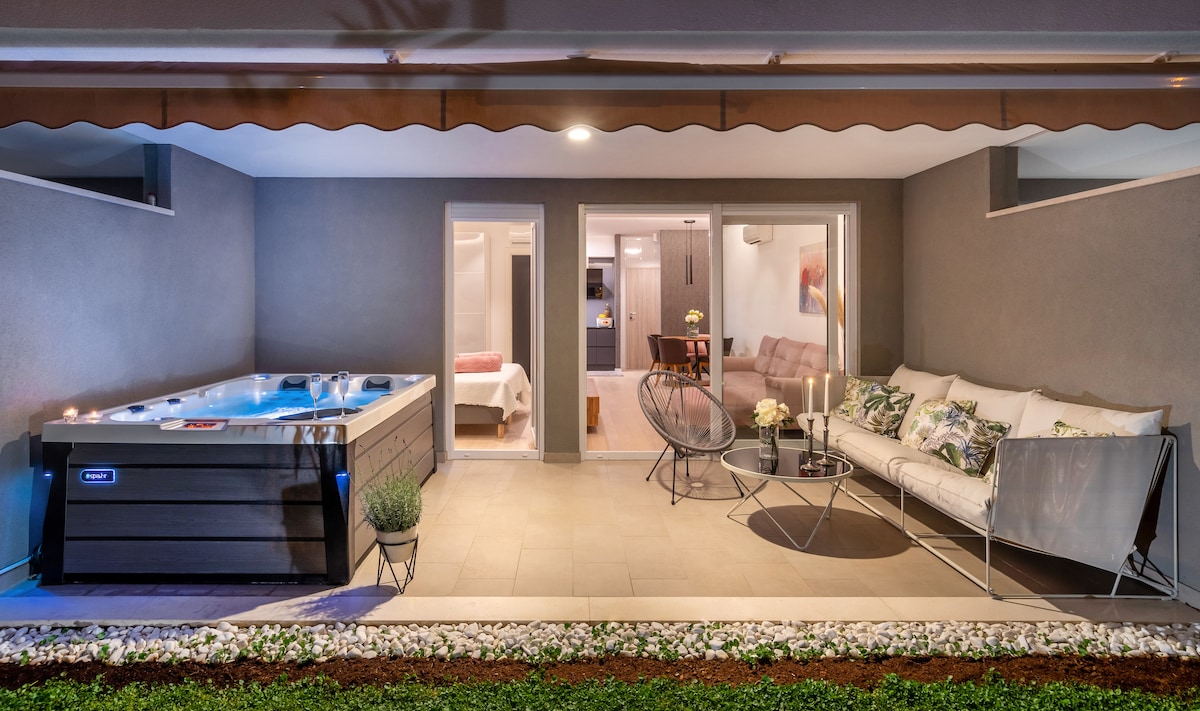
Zaloo, Luxury Apartment with Sea-View and Jacuzzi
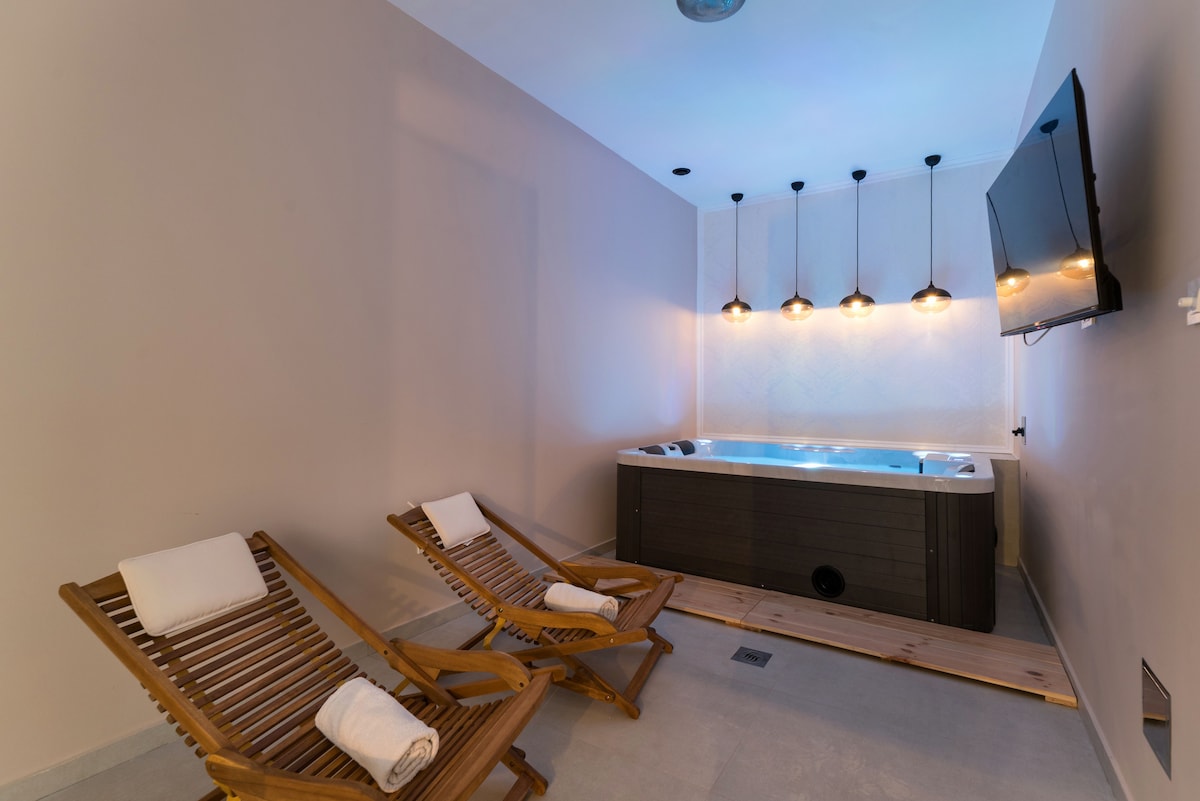
Apartman Place

Allura Split ~2 min walk to Old Town ~
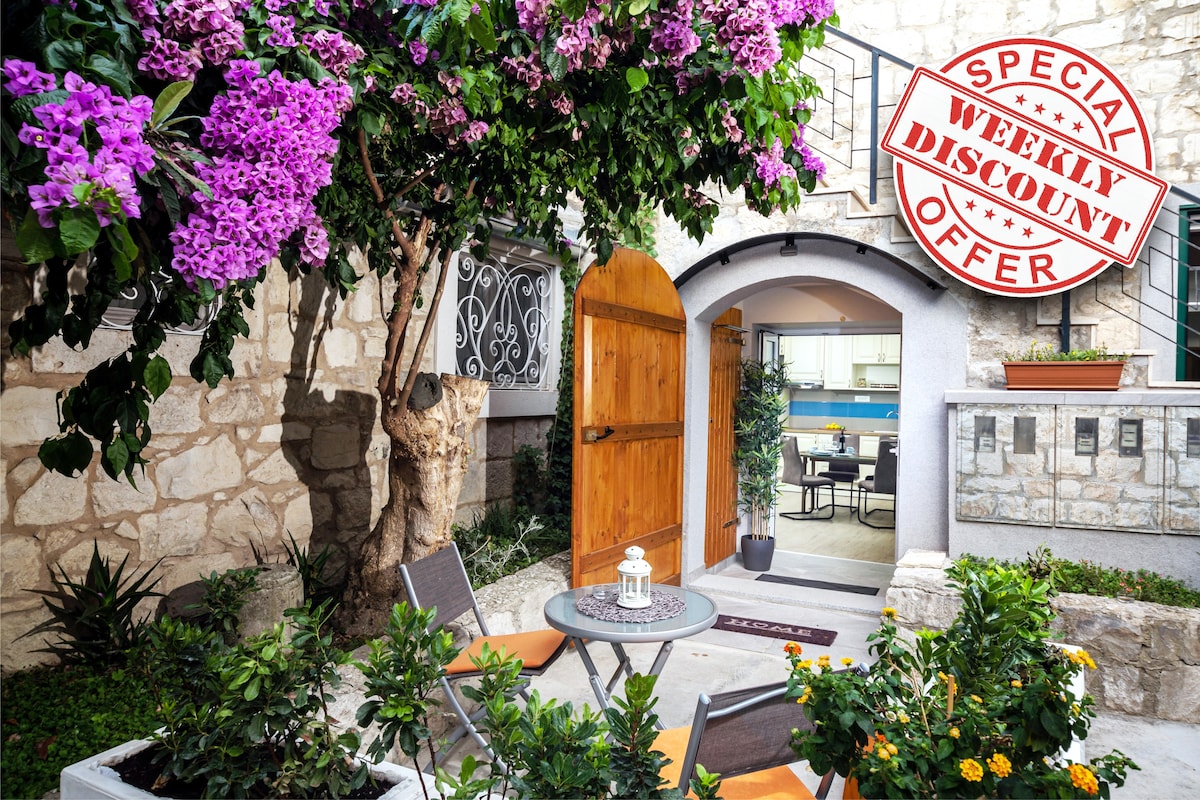
A Piece of Cake apartment
Split house rentals
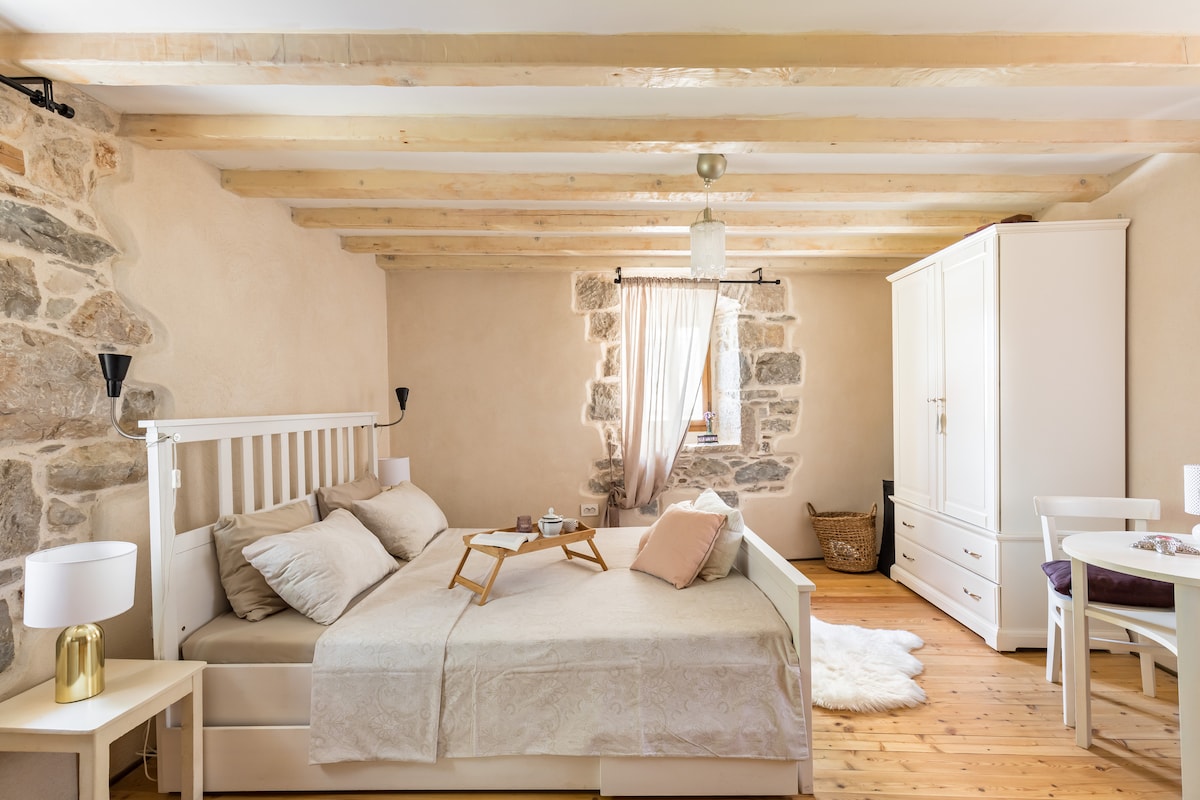
Vintage stone house
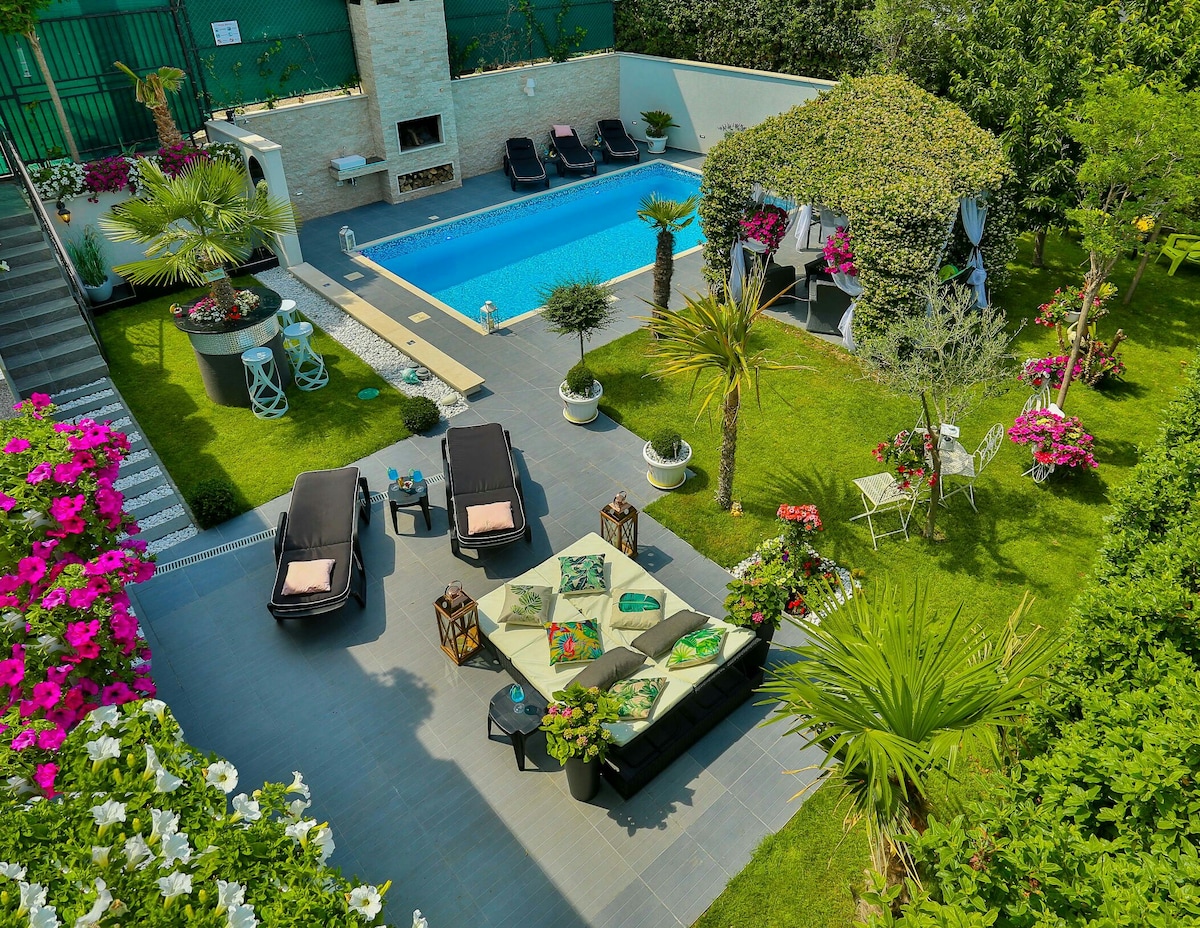
💎GREEN DREAM💎villa in SPLIT* discount September
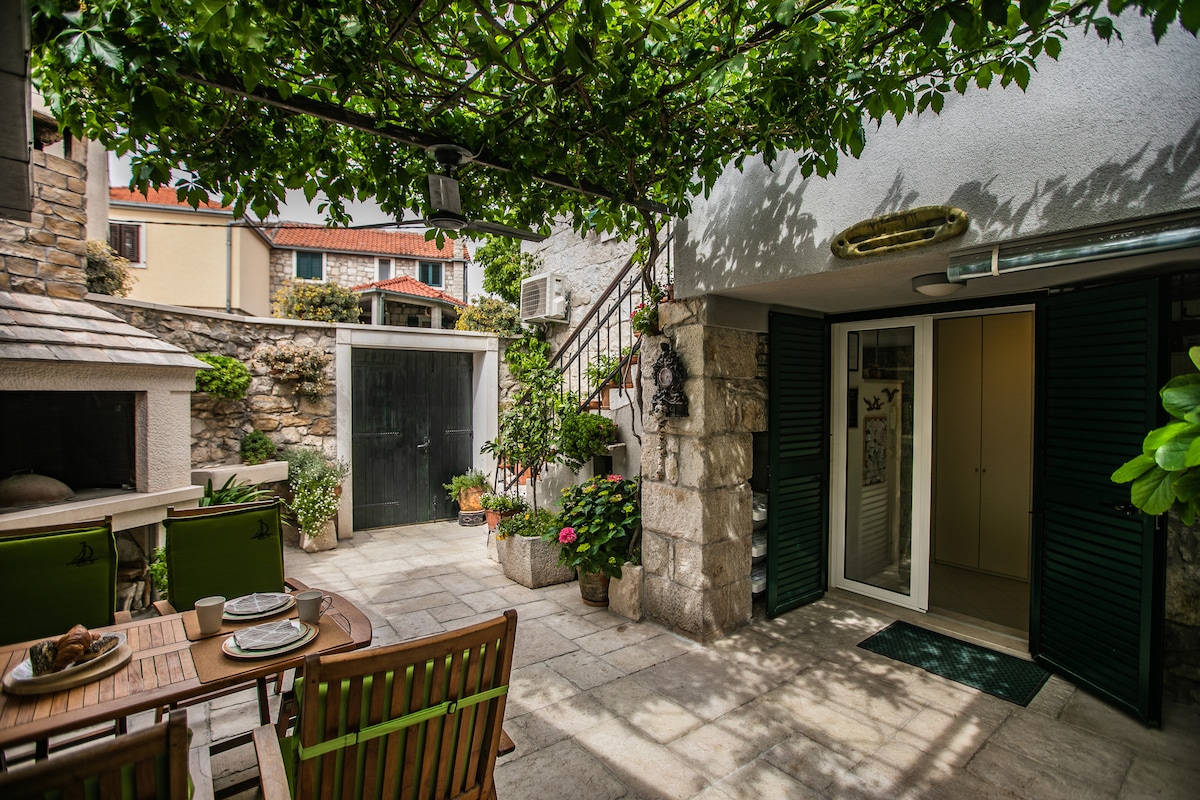
Split,Apartment 55,courtyard in the center of town
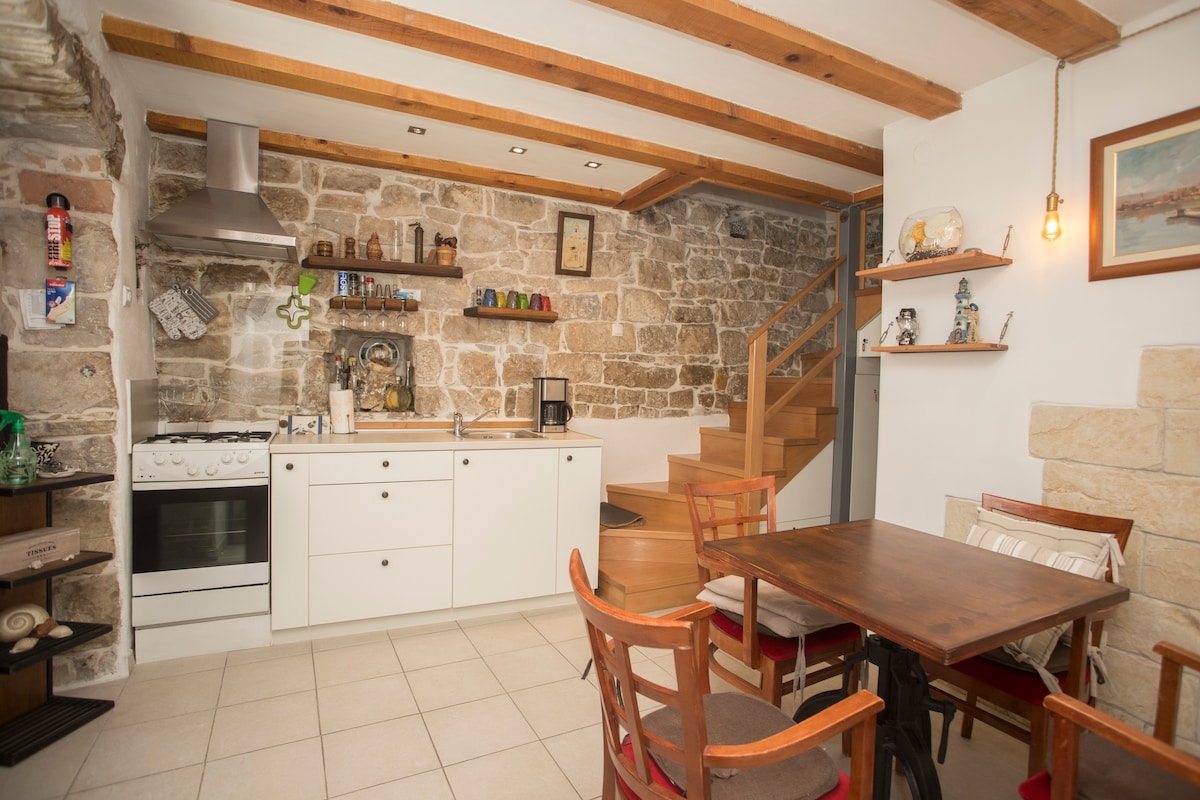
Amazing 2 BD in center with parking
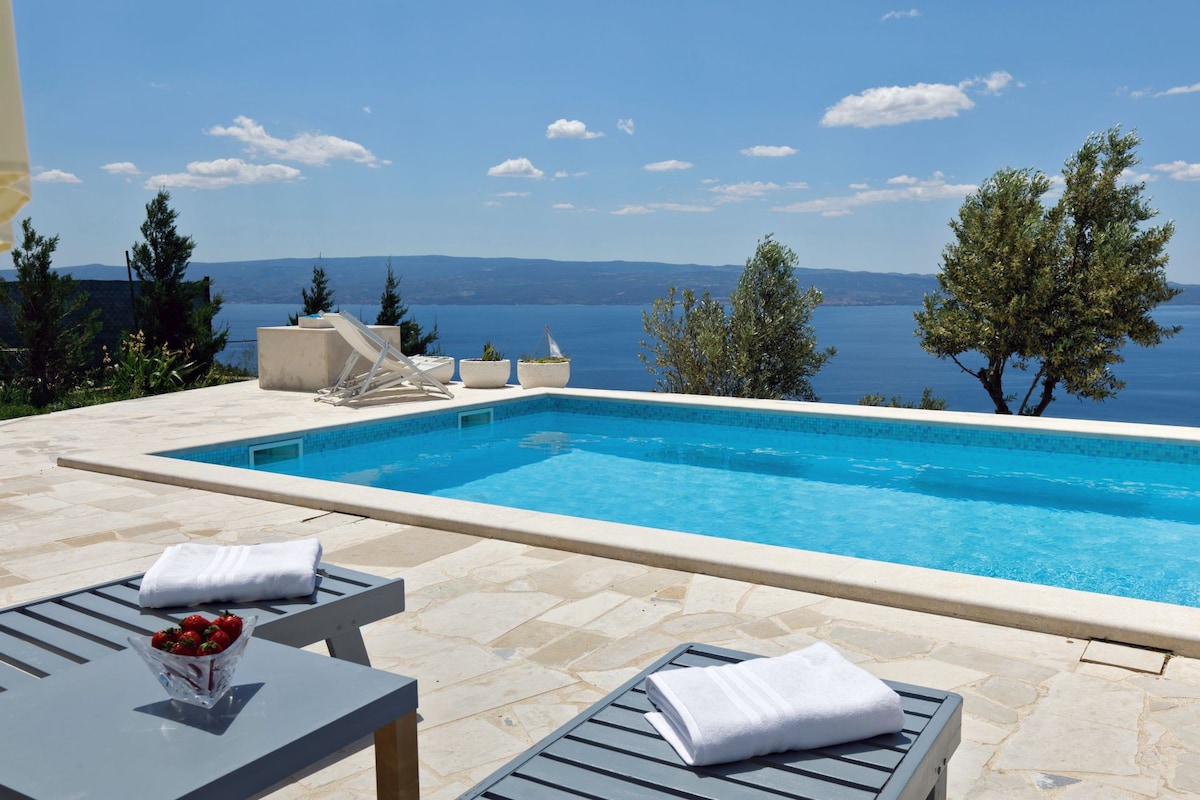
Nudists friendly villa with private heated pool
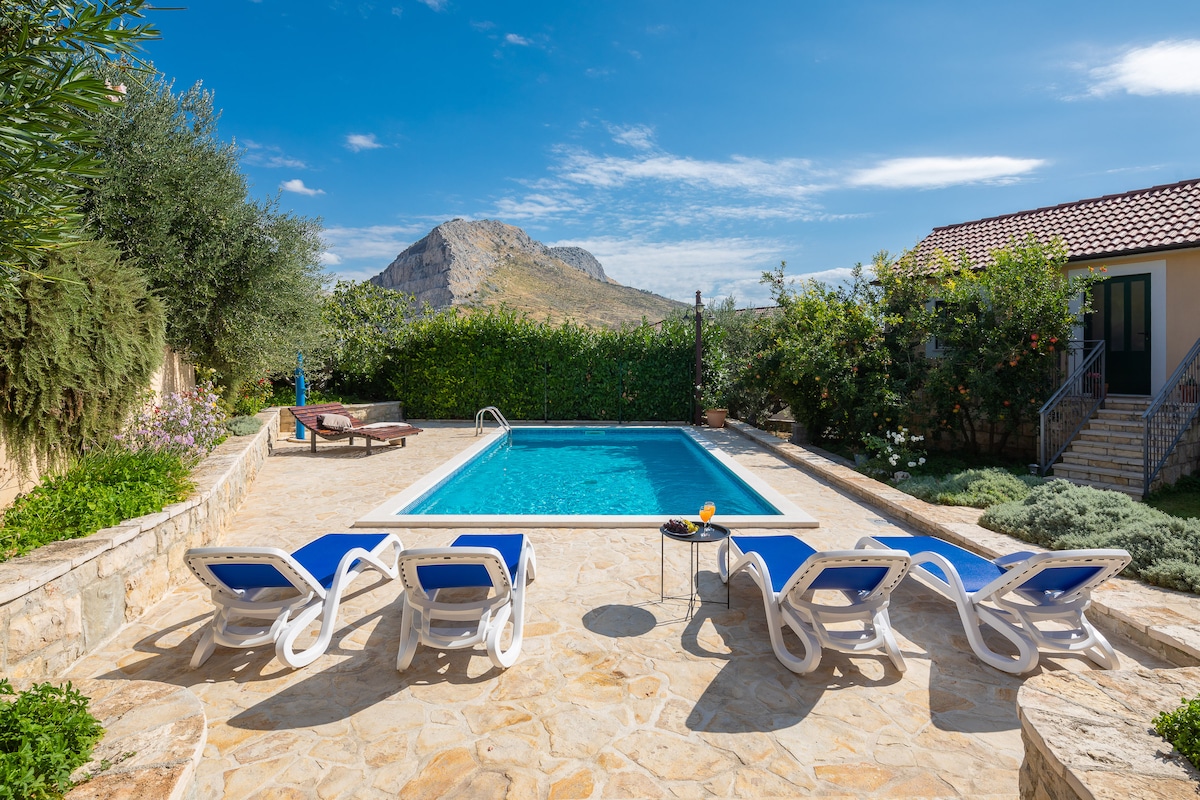
Mint House
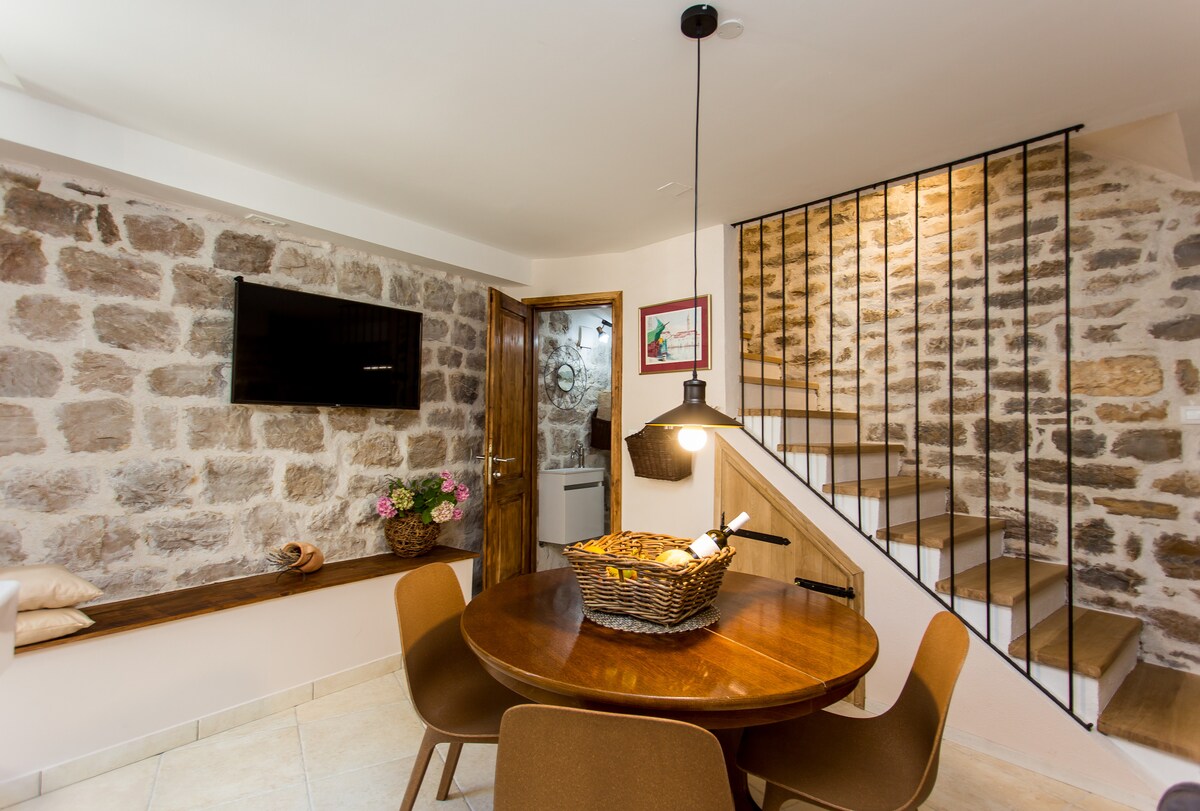
Filipa & Bianca
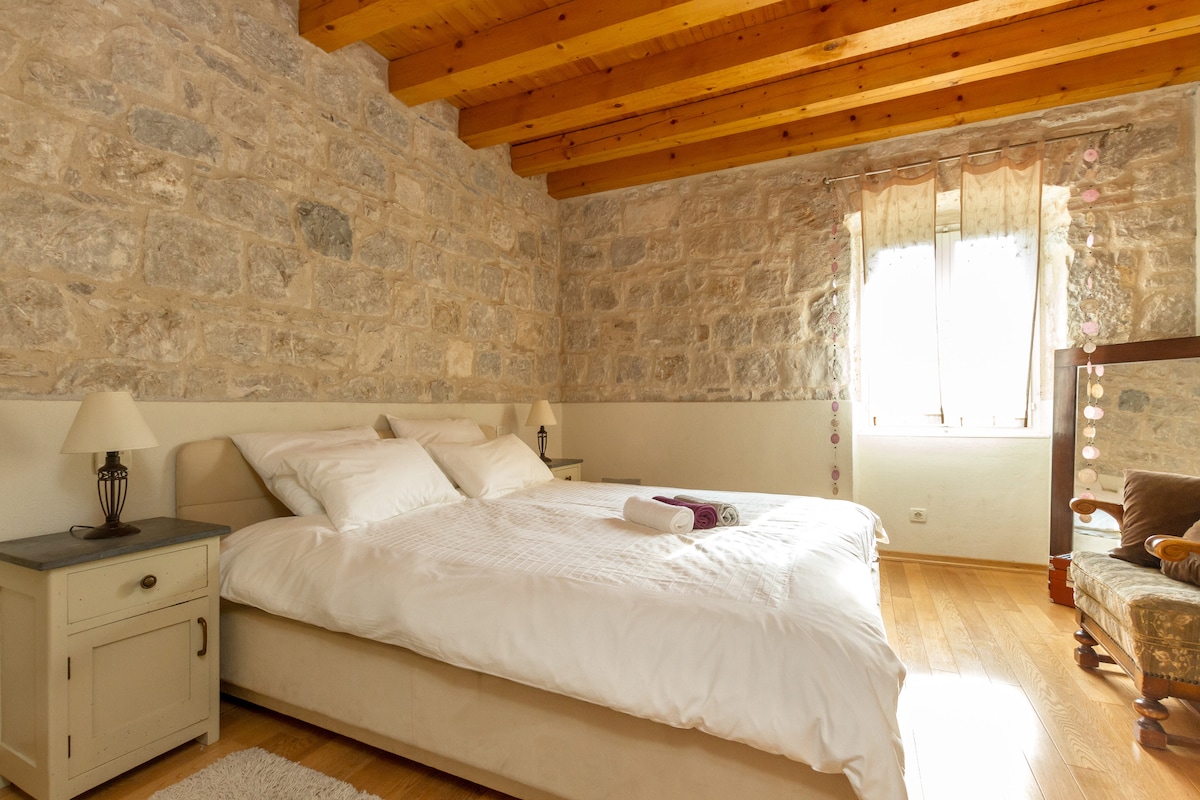
Independent Stone house **** in centre
Other great vacation rentals in Split
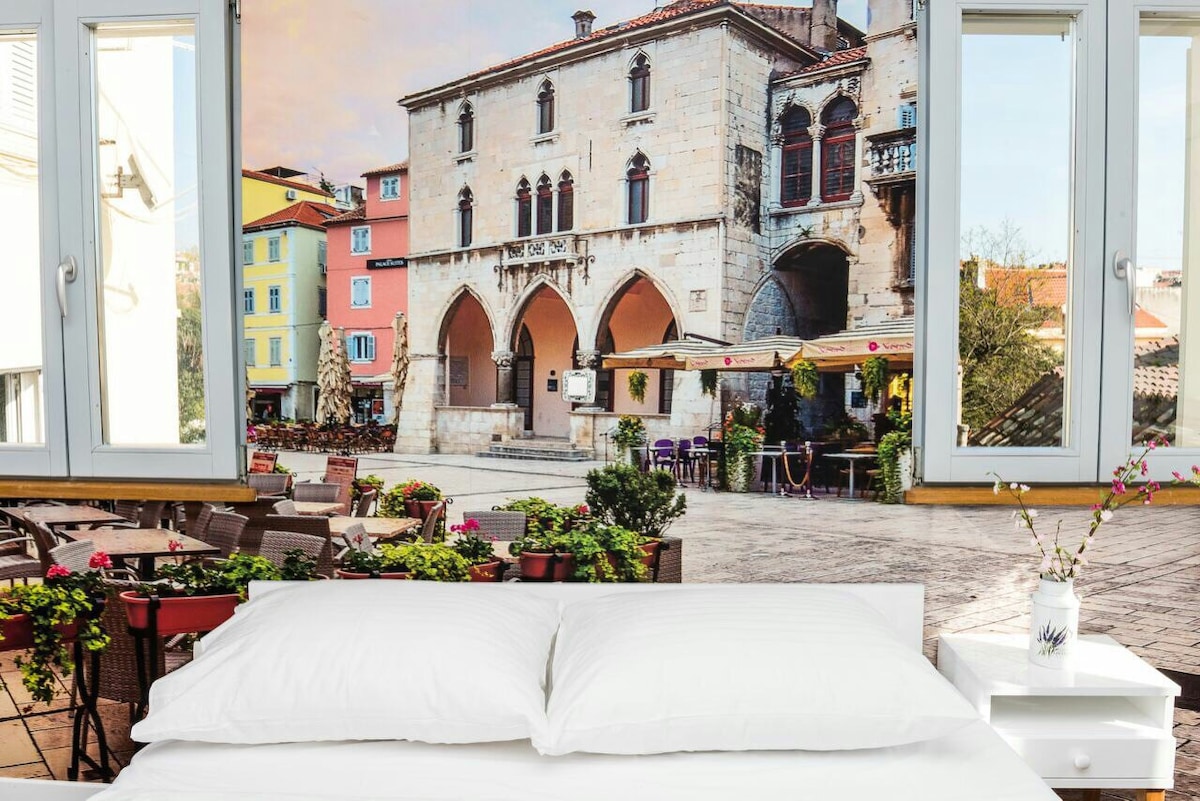
Old Town Villa: Experience Split’s Rich Heritage
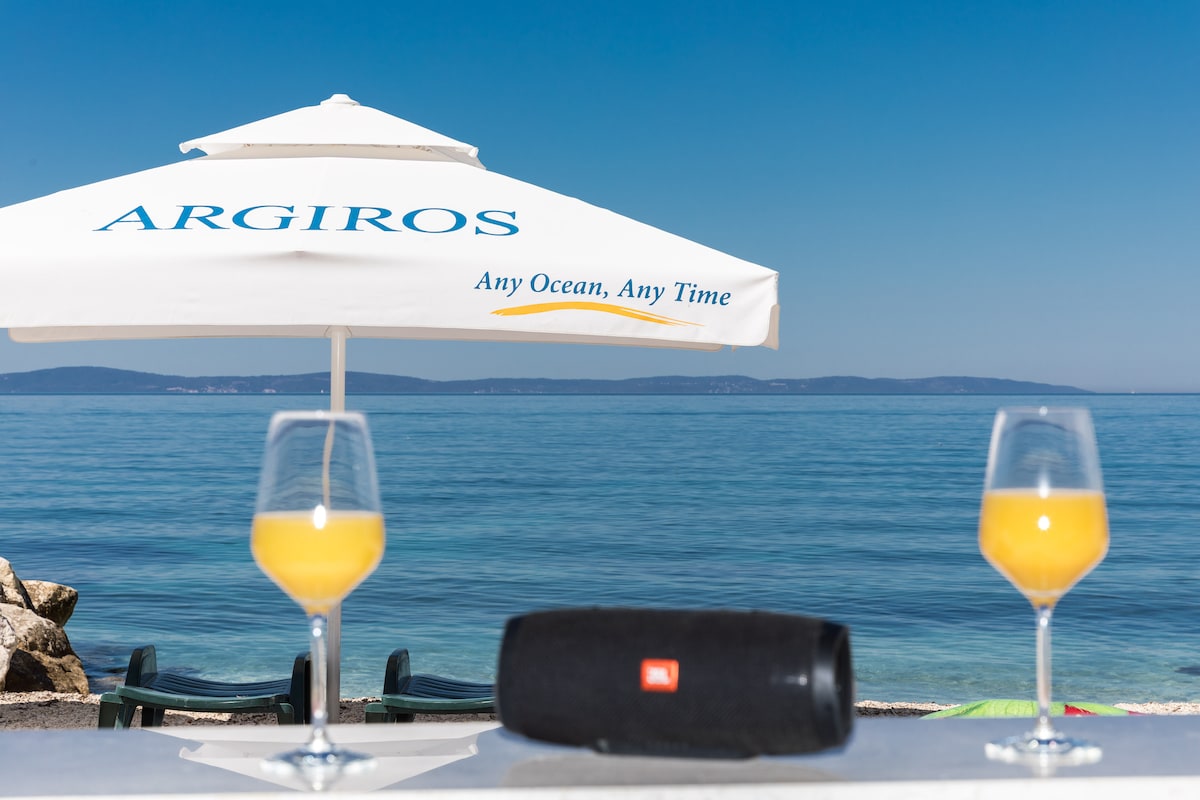
Plaza beach studio apartment
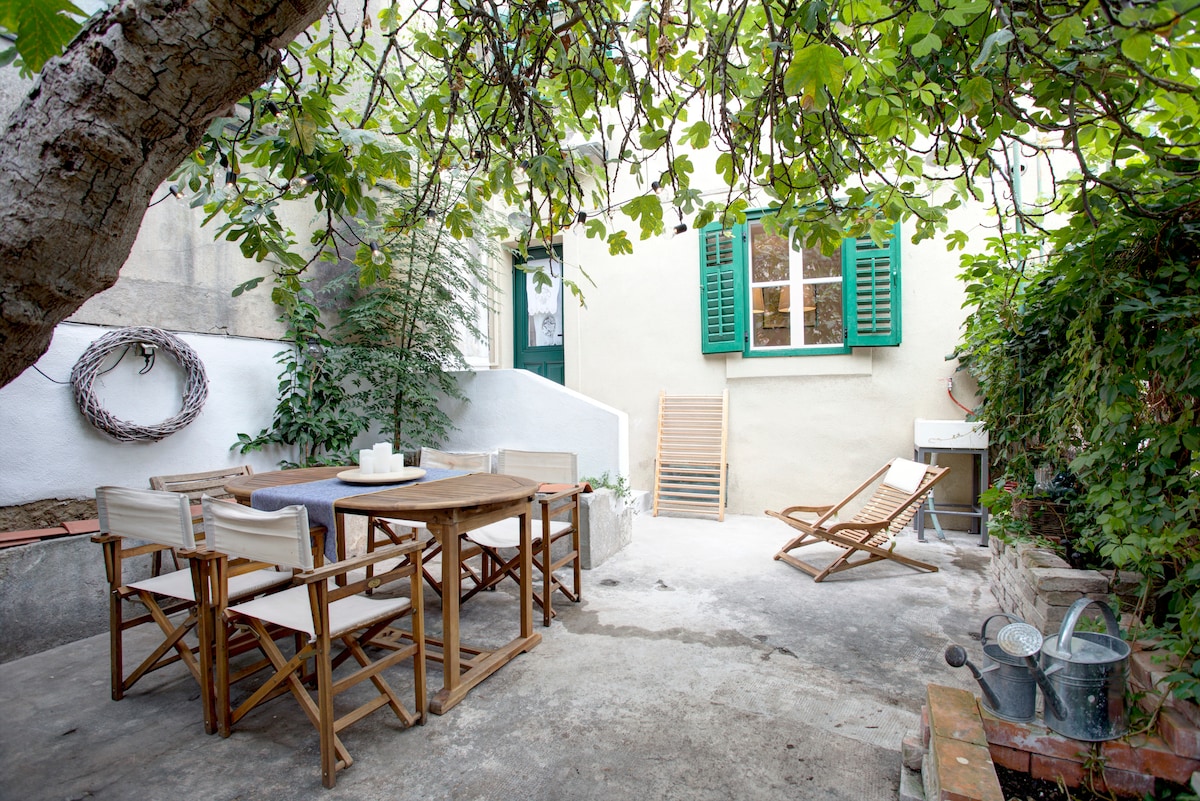
Split Center Fig Tree House with Garden & Sea-view
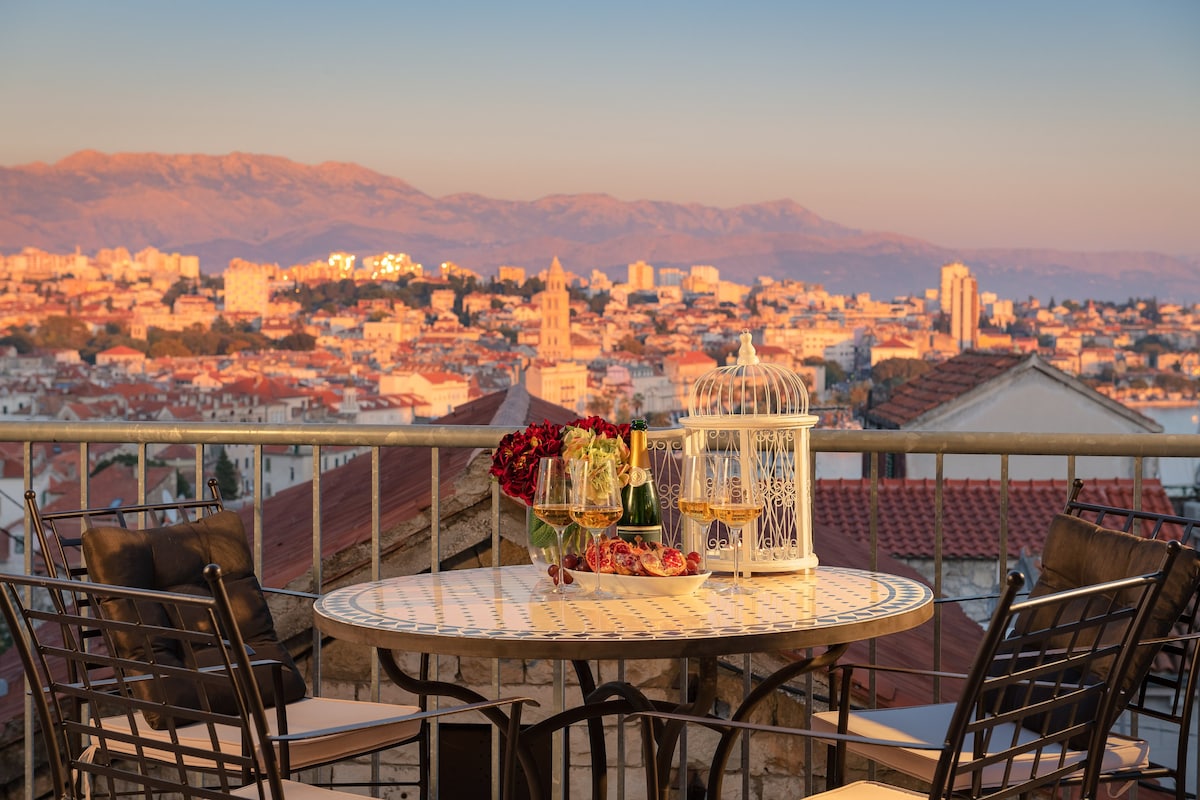
Private Oasis , Elegance & Luxury, the best view
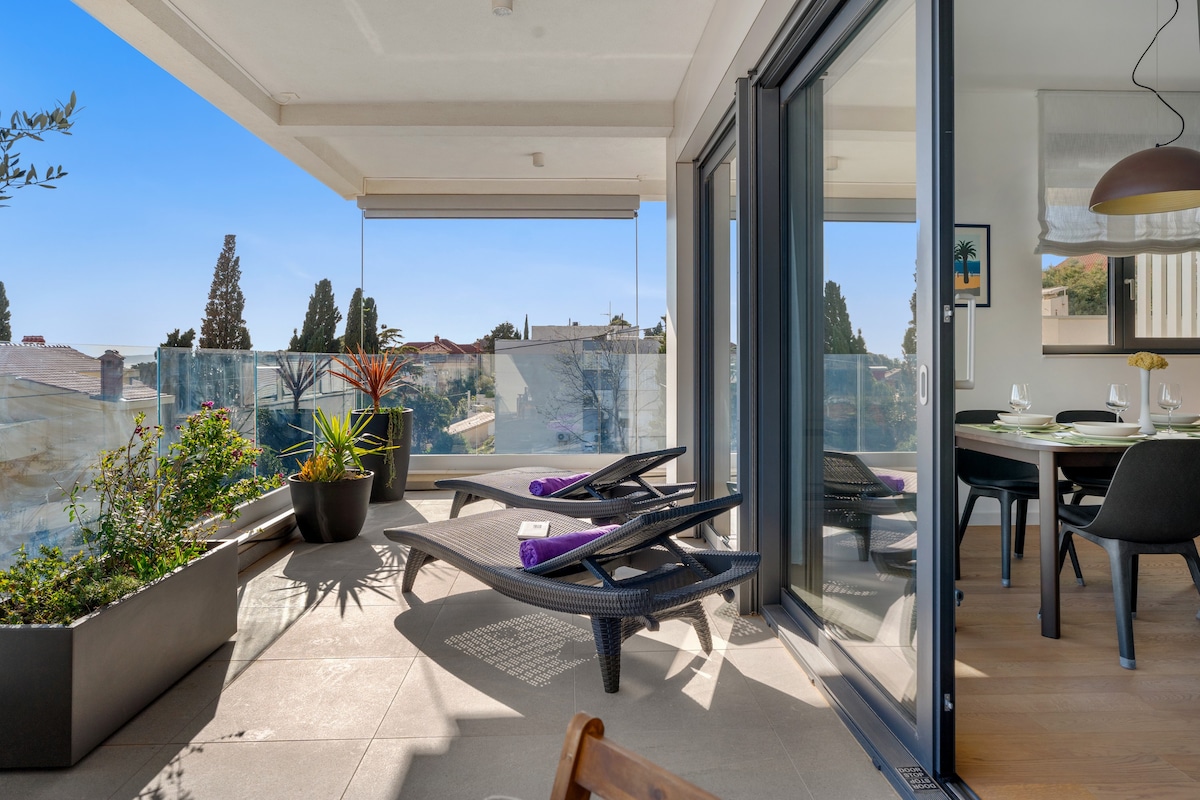
Hektor apartment • sea view terrace and garage •
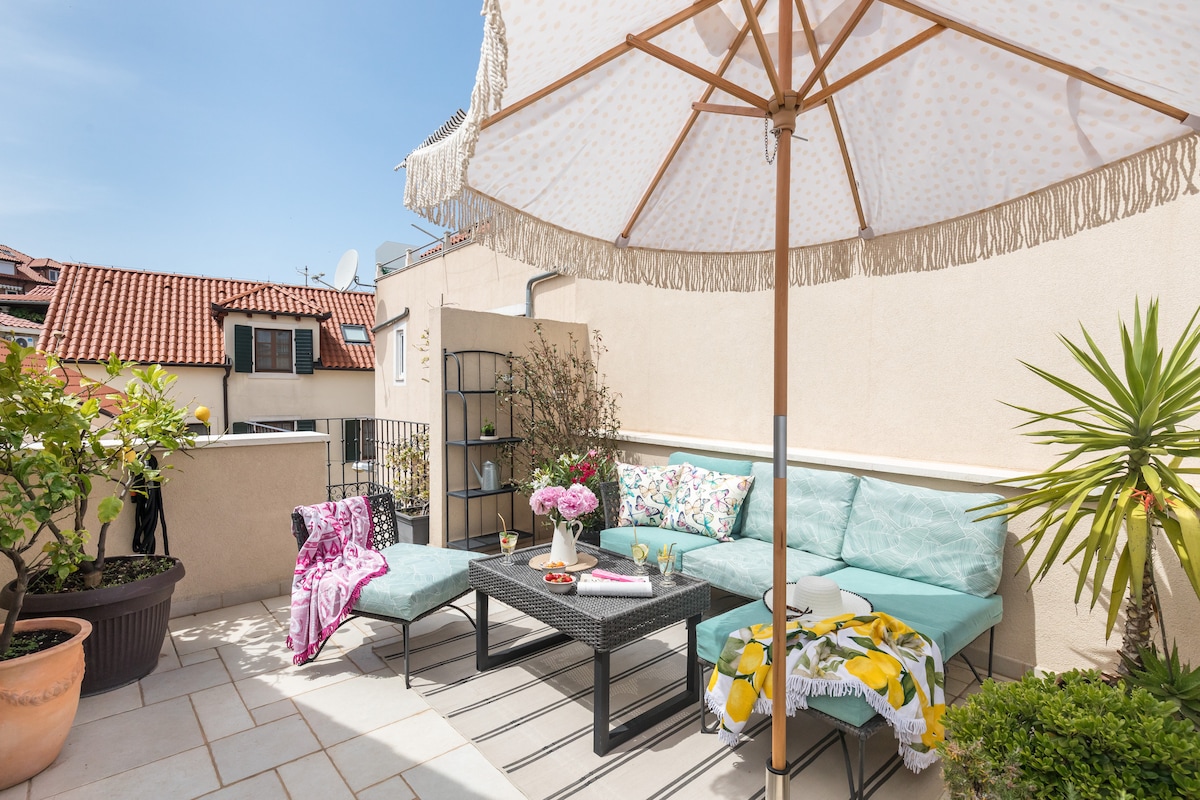
Designer Eclectic duplex | Private Rooftop
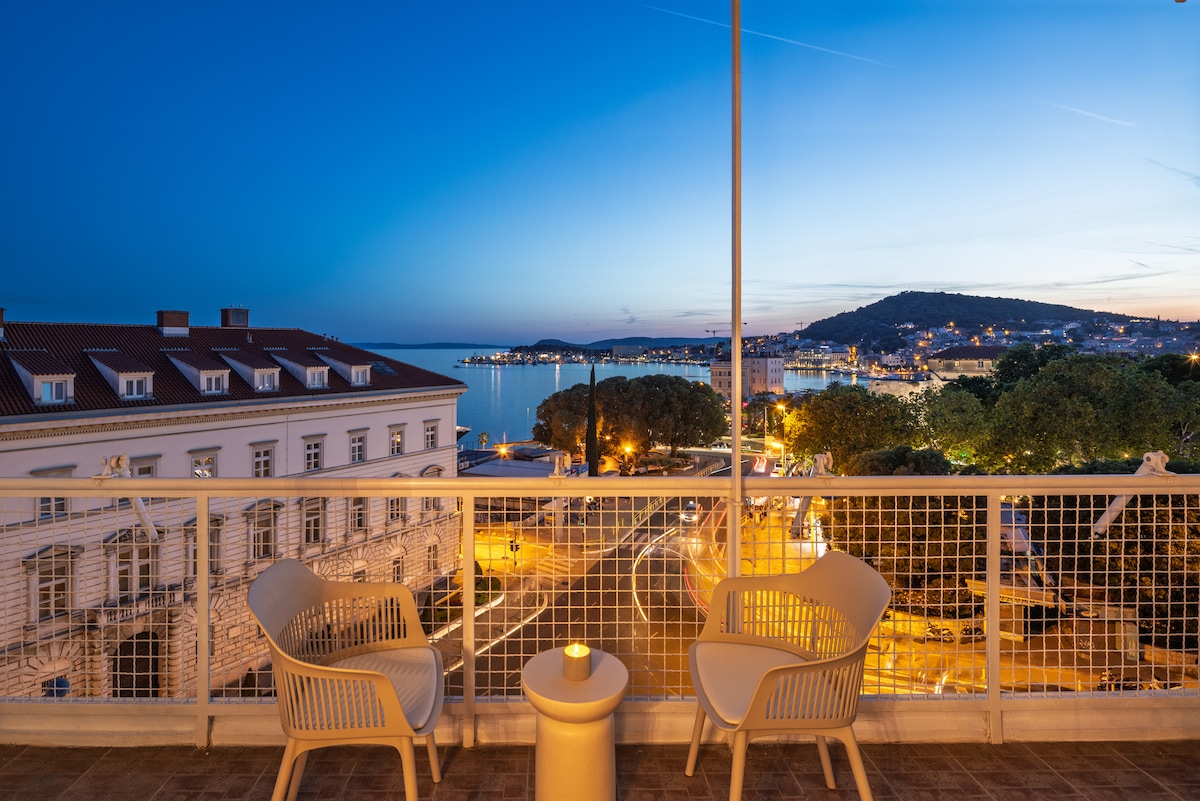
Center Lux View
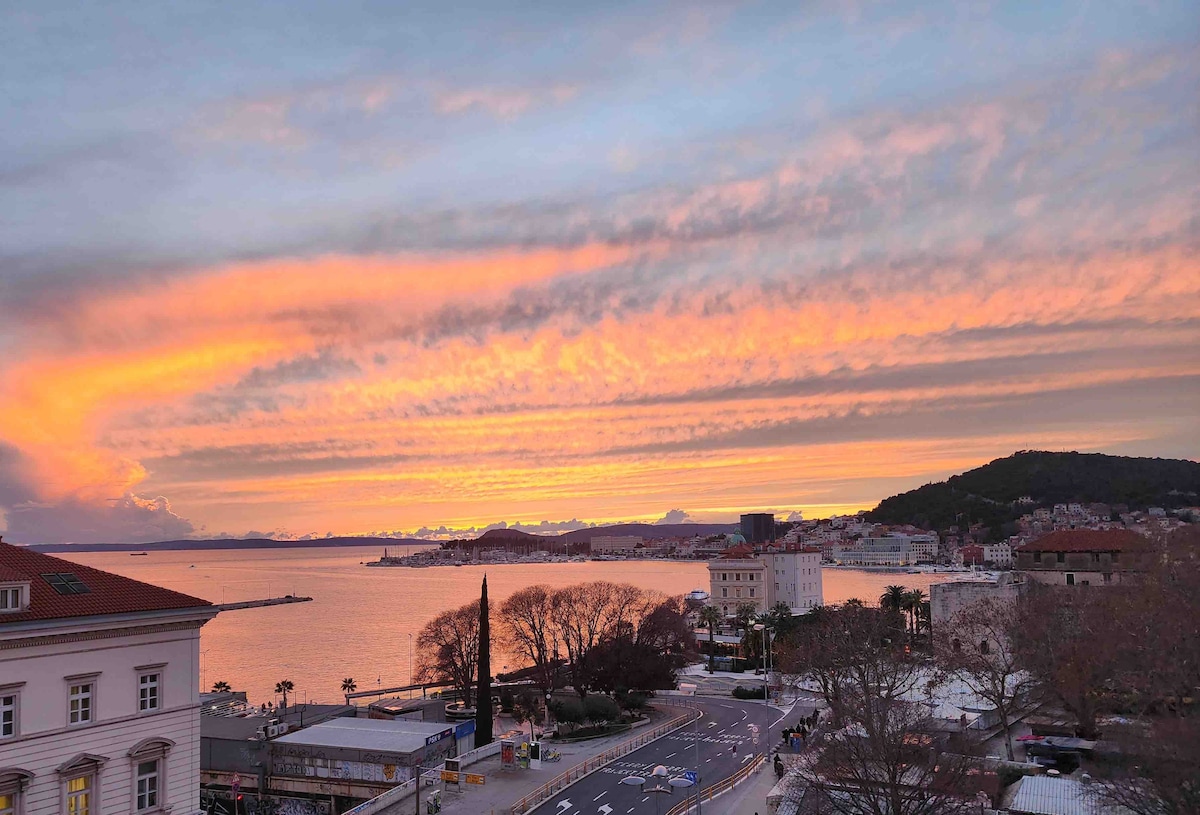
View the harbor lights:5th Floor Apartment:Balcony
Frequently Asked Questions
How is the weather in Split?
Split has a Mediterranean climate, with hot, dry summers averaging around 85°F (29°C), and mild, wet winters, with temperatures often hovering around 46°F (8°C). The sea remains warm for swimming from May to October.
What are some of the best things to do in Split?
In Split, you may explore the ancient Diocletian's Palace, stroll through the vibrant Riva promenade, and hike up Marjan Hill for panoramic views of the city. Visiting the local markets or sunbathing at Bačvice Beach are also popular activities.
What is the best time of year to visit Split?
The peak season in Split is during the summer months of June to August. During this period, numerous events take place such as the Split Summer Festival featuring theatre, opera, and music performances, and the Marjan Hill race, a popular running event.
What are the best places to stay in Split?
The Old Town is a preferred area for its proximity to historical sights like Diocletian's Palace. Bačvice is well-liked for its beach and nightlife, while Meje is loved for its tranquillity and proximity to Marjan Hill.
What are the best places to visit in Split?
Visitors to Split frequently explore Diocletian's Palace, the Cathedral of Saint Domnius, and the Split Archaeological Museum. Other popular spots include the Marjan Forest Park, the Ivan Meštrović Gallery, and the bustling Pazar Market.
What are some hiking trails in Split?
Marjan Hill provides several hiking trails that offer stunning views of Split and the Adriatic Sea. Also, Biokovo Nature Park, about 60 km (37 miles) from Split, has a variety of trails amidst its rugged mountain landscape.
What are some family activities to do in Split?
Families can explore the historic Diocletian's Palace, a UNESCO World Heritage Site, or stroll along the Riva Promenade. Alternatively, you can venture to Marjan Forest Park for a nature walk, or spend a day at Bačvice Beach. For those interested in science and nature, the Split Science Museum and Zoo can be a fun family outing.
What are some of the best day trip ideas in Split?
From Split, you can take a day trip to the UNESCO-listed Plitvice Lakes National Park, the historic city of Trogir, or the beautiful islands of Hvar and Brač. Krka National Park, known for its stunning waterfalls, is another popular choice.
 All about Split
All about Split
At first glance, this Croatian port town on the Aegean Sea seduces the eye with white stone buildings and red-tiled roofs, which glow against the bright blue of the sky and the Mediterranean Sea. As you wander down Split’s narrow streets, you realize that the buildings around you span two millennia, and you find yourself staring upwards, picking out architectural details from the Roman era, the Middle Ages, and the Belle Epoque.
Whether you’re visiting Split at the peak of its bronzed-beachcomber summers or during its moody gray winters, Croatia’s second-biggest city exudes a relaxed vibrancy. The shops and galleries along Marmont Street (Marmontova Ulica), as well as its seafood market, are bustling no matter what time of year. In the warmer months, locals and visitors alike while away the afternoon at the bars and cafes flanking the beach at Bačvice, or settle into open-air restaurant tables along the Riva, the city’s seaside promenade, for a leisurely dinner and plenty of crowd-watching.
 What are the top things to do in Split?
What are the top things to do in Split?
Tour Diocletian’s Palace
Few Roman sites from 1,700 years ago have the immediacy of the spectacularly preserved Diocletian’s Palace. Built for the emperor back when Split was a village on the outskirts of the more populous Salona (itself now in ruins), Diocletian’s fortress and imperial residence has been absorbed into the surrounding houses and shops. You will shuttle back and forth through the centuries as you wander through the ancient Cathedral of St. Domnius, arched passageways and gates, and the peristyle (central courtyard). Afterward, head to the Archeological Museum to peruse hundreds of Roman artifacts.
Take Some Island Time
You could spend a full year exploring the 1,200 islands off the Croatian coast. If you don’t have a year, take a ferry to Hvar or Brač, two of the biggest, not to mention the easiest, to get to from Split. Hvar draws the internationally rich to its azure bays and graceful villas, and you can wander around the medieval city of Hvar or escape in a car to more remote towns and beaches. On Brač, vineyards and olive groves stripe the mountainside on Vidova Gora, which you can summit by foot in just a few hours, cooling off afterward on Golden Horn Beach.
Climb Marjan Hill
Split is situated on a peninsula that juts into the Aegean, and an expansive natural preserve covers its western tip. A large hill divides the park from the residential neighborhoods on its east flank, and as you climb you’ll pass open-air cafes, a Jewish cemetery, and centuries-old chapels. Many locals treat Marjan as an open-air gym, and you’ll likely spot runners sweating up the steps and climbers feeling their way along the rocky bluffs. If you crest Marjan Hill and head back down on its north side, you’ll reach pine-shaded beaches suited for contemplating the sea rather than stretching out a towel.
Destinations to explore
- Rentals with lake access Split
- Rentals with breakfast Split
- Rentals with pools Split
- Luxury rentals Split
- Boutique hotels Split
- Mansion rentals Split
- Rentals with a washer and dryer Split
- Beachfront rentals Split
- Loft rentals Split
- Vacation home rentals Split
- Rentals with an accessible height bed Split
- Rentals with a fire pit Split
- Condo rentals Split
- Rentals with a home theater Split
- Hotel rooms Split
- Rentals with a hot tub Split
- Rentals with beach access Split
- Smoking-friendly rentals Split
- Pet-friendly rentals Split
- Bed and breakfasts Split
- Rentals with a fireplace Split
- Serviced apartment rentals Split
- Family-friendly rentals Split
- Rentals with a kayak Split
- Hostel rentals Split
- Townhouse rentals Split
- Rentals with an EV charger Split
- House rentals Split
- Apartment rentals Split
- Private suite rentals Split
- Villa rentals Split
- Boat rentals Split
- Rentals with a sauna Split
- Tiny house rentals Split
- Rentals with outdoor seating Split
- Fitness-friendly rentals Split
- Aparthotel rentals Split
- Rentals with a patio Split
- Rentals with an accessible height toilet Split
- Beach house rentals Split
- Guesthouse rentals Split
- Waterfront rentals Split
- Rentals with a balcony Split
- Things to do Split
- Nature and outdoors Split
- Art and culture Split
- Sightseeing Split
- Things to do Split-Dalmatia
- Food and drink Split-Dalmatia
- Entertainment Split-Dalmatia
- Tours Split-Dalmatia
- Nature and outdoors Split-Dalmatia
- Sports activities Split-Dalmatia
- Sightseeing Split-Dalmatia
- Art and culture Split-Dalmatia
- Things to do Croatia
- Entertainment Croatia
- Art and culture Croatia
- Sports activities Croatia
- Nature and outdoors Croatia
- Food and drink Croatia
- Tours Croatia
- Sightseeing Croatia




